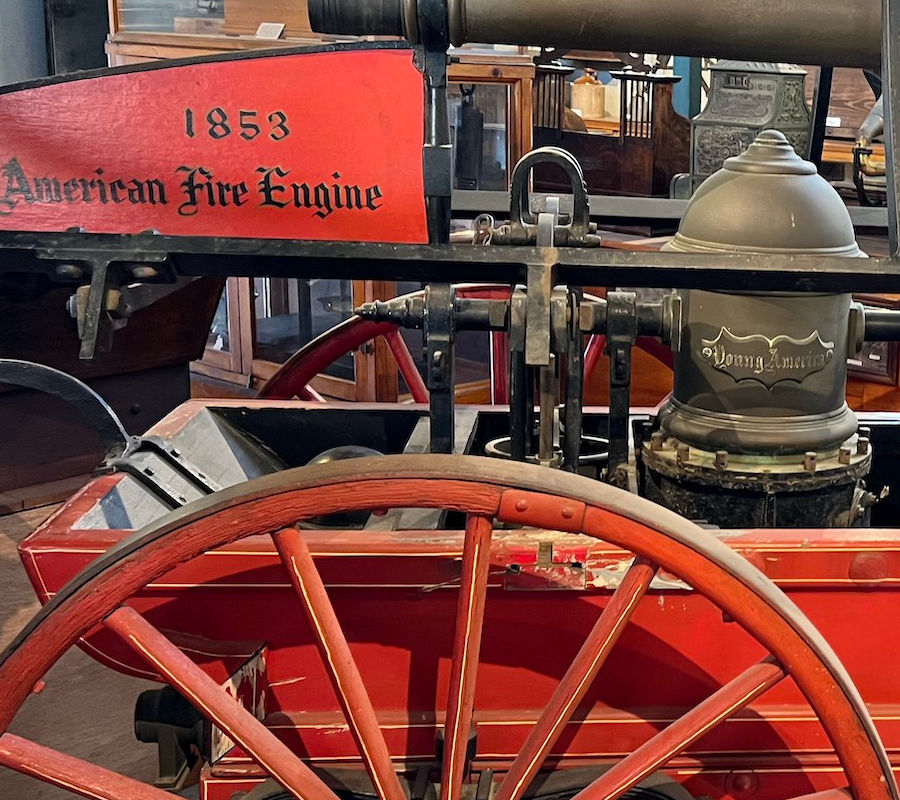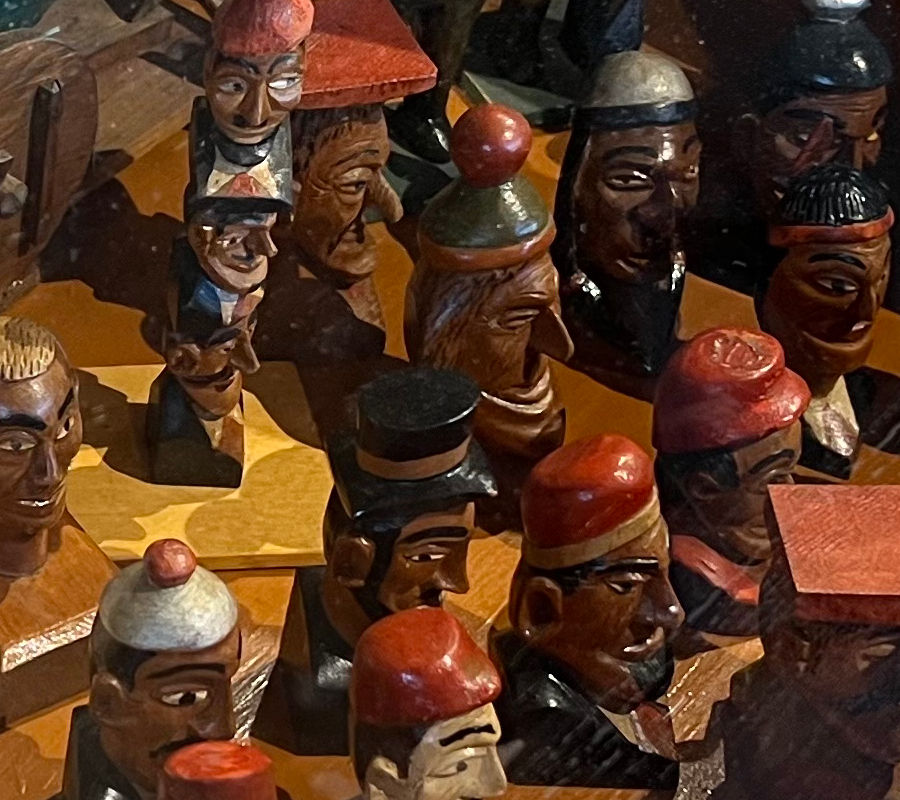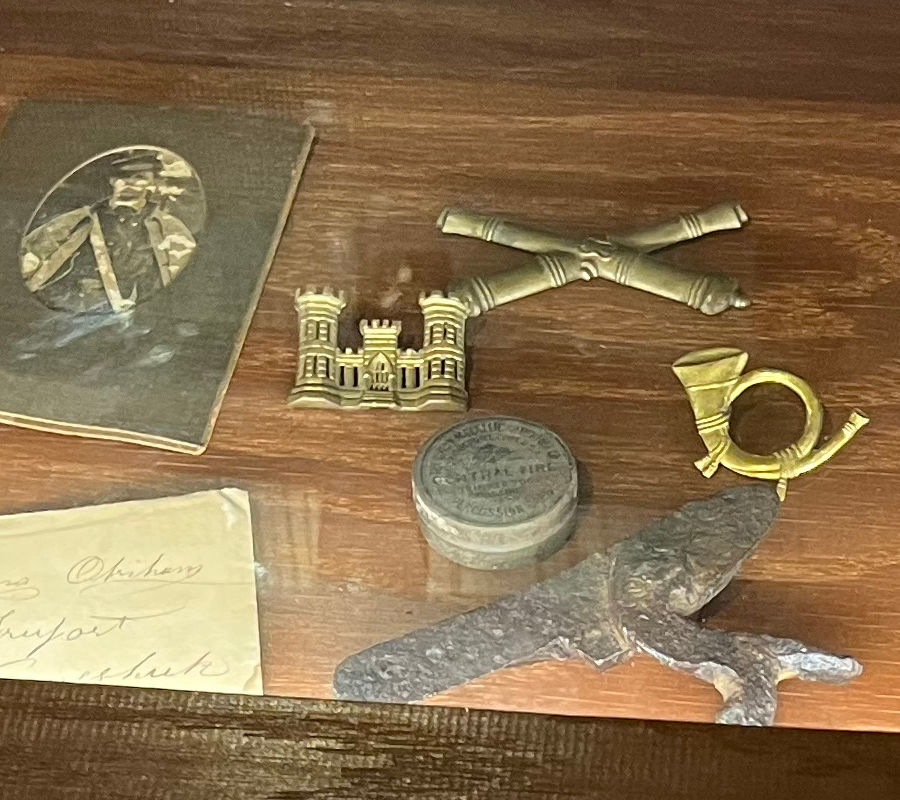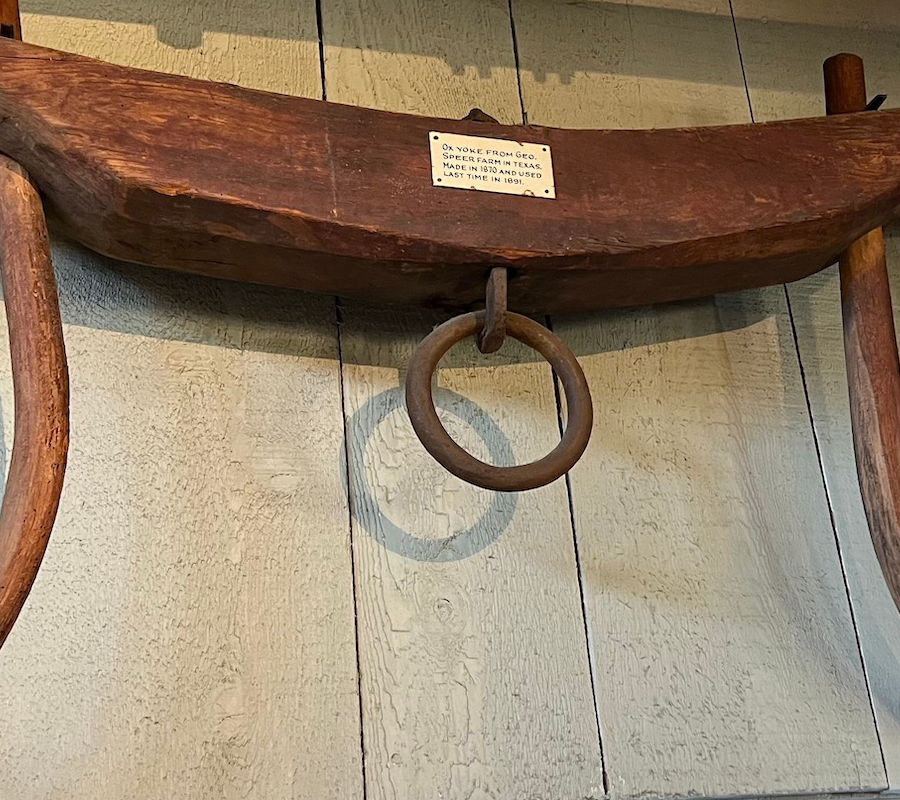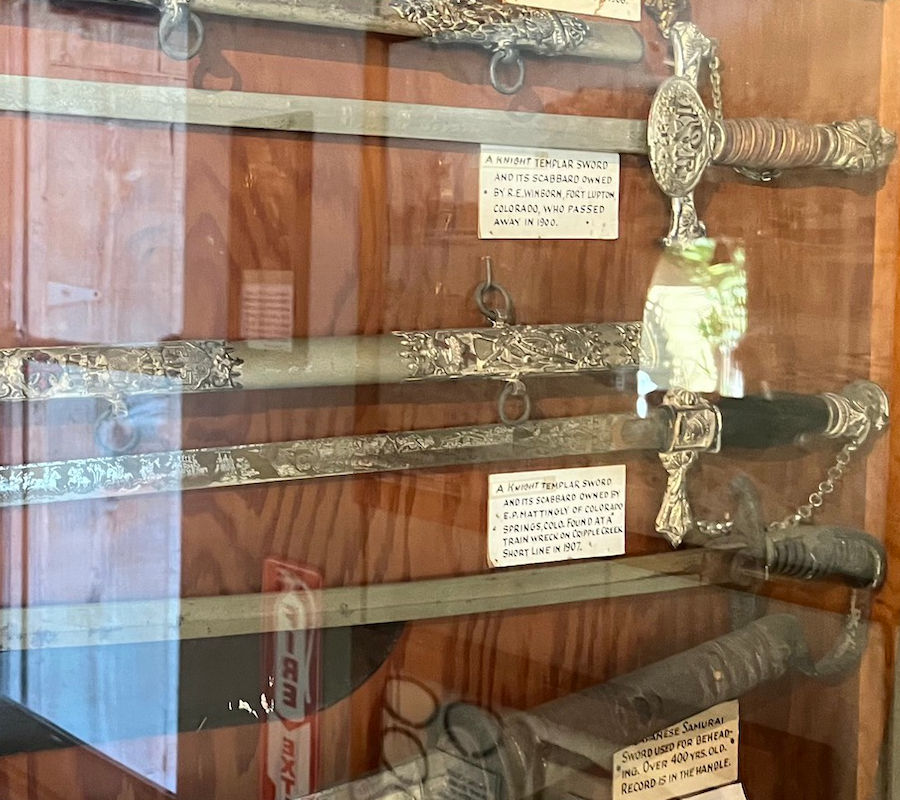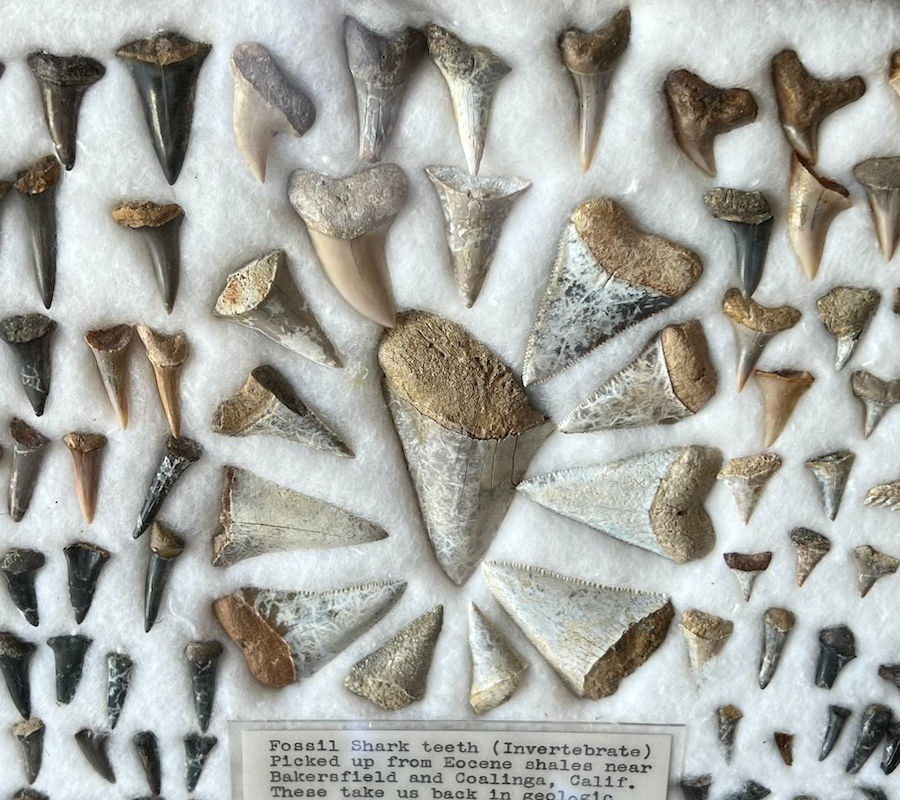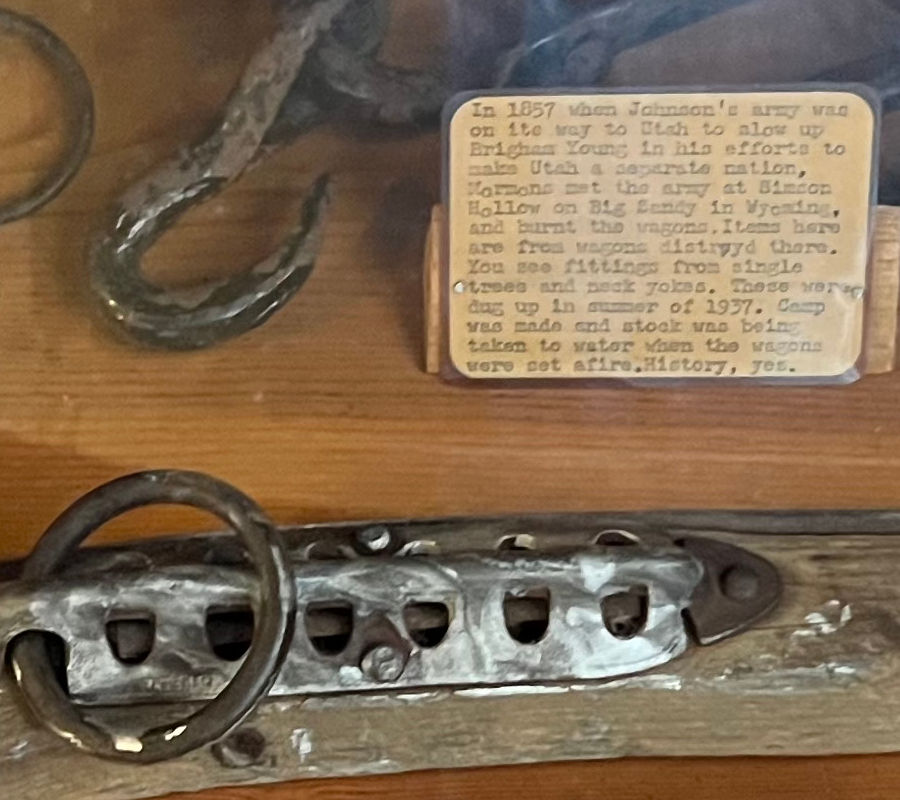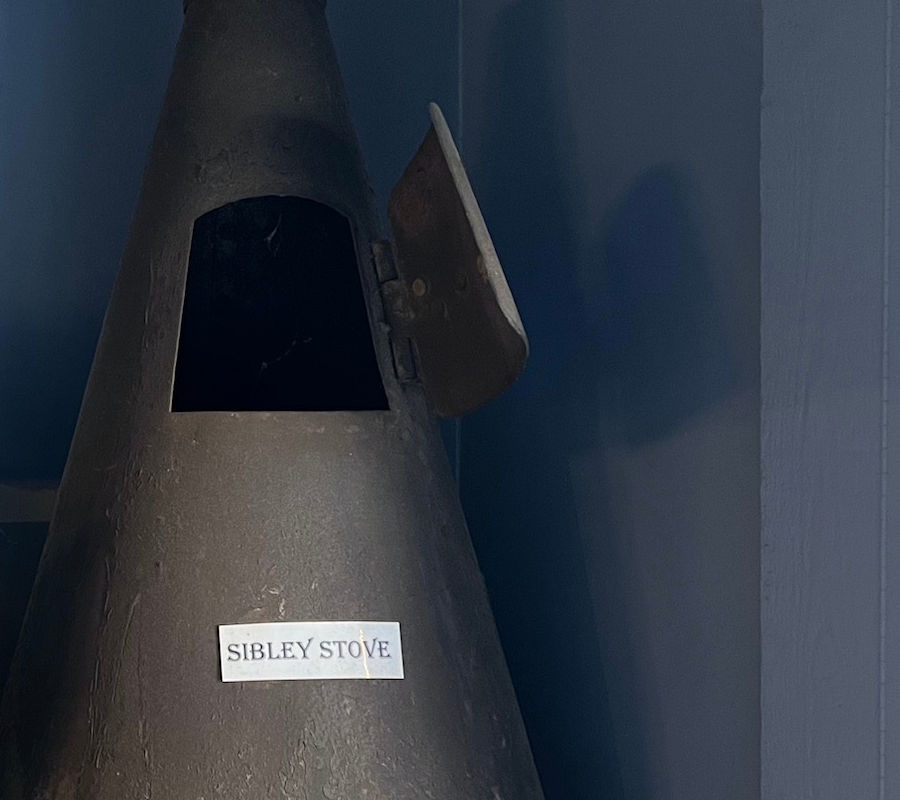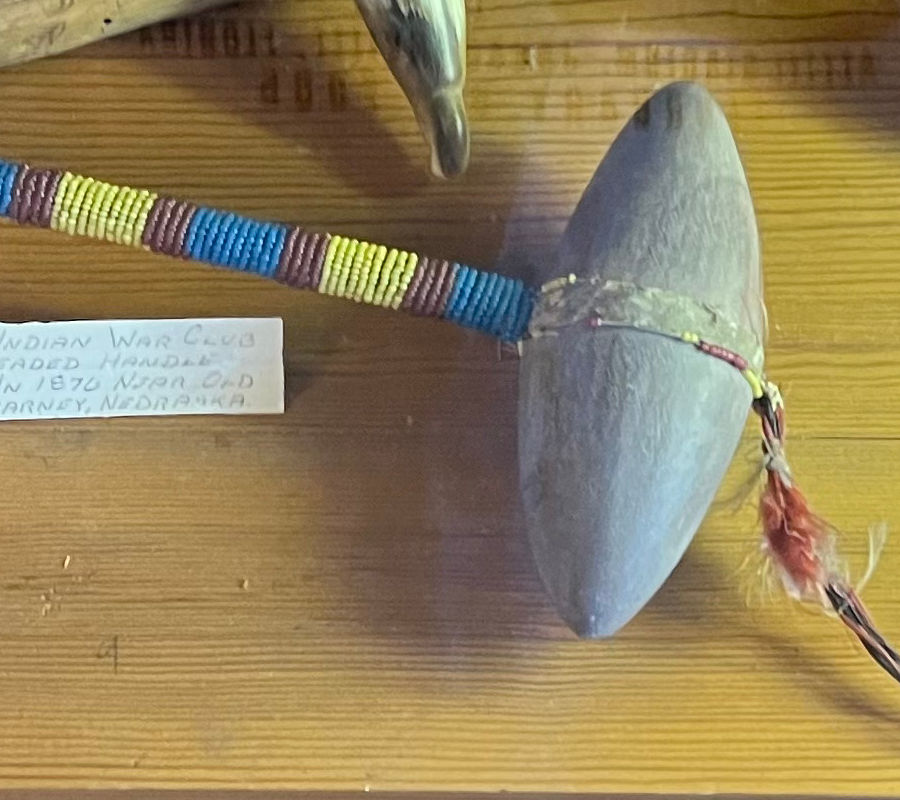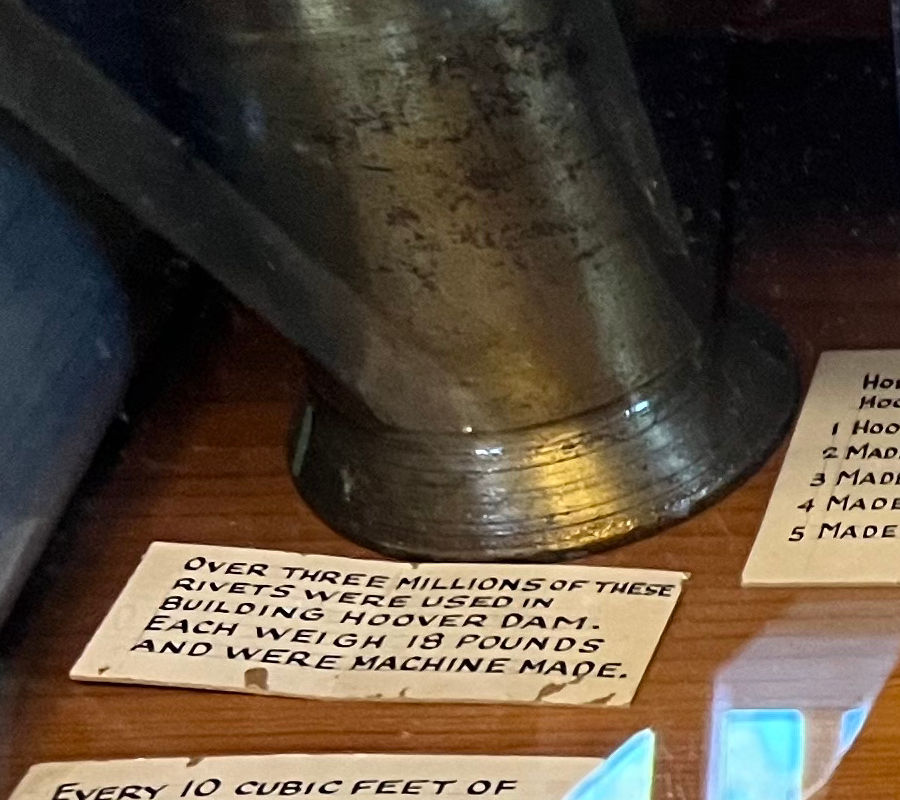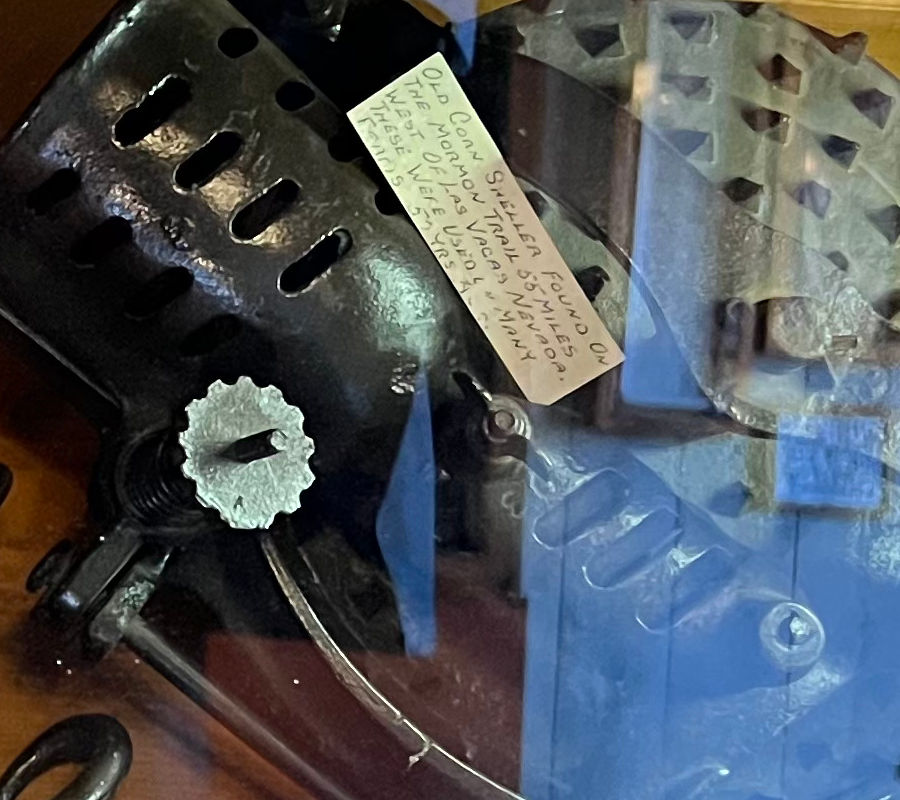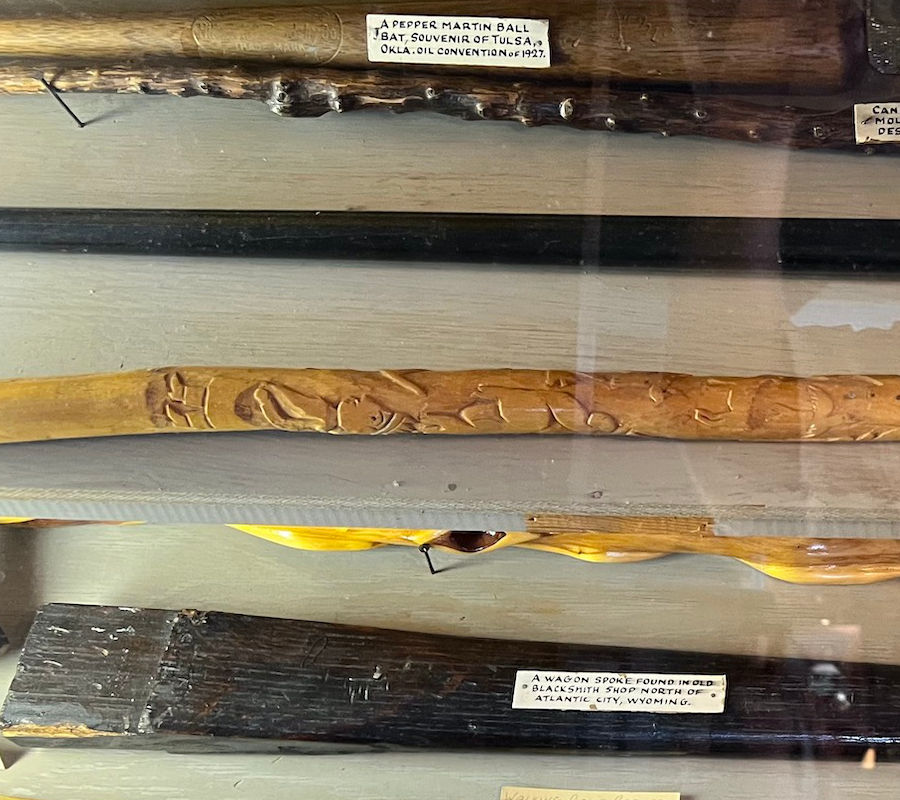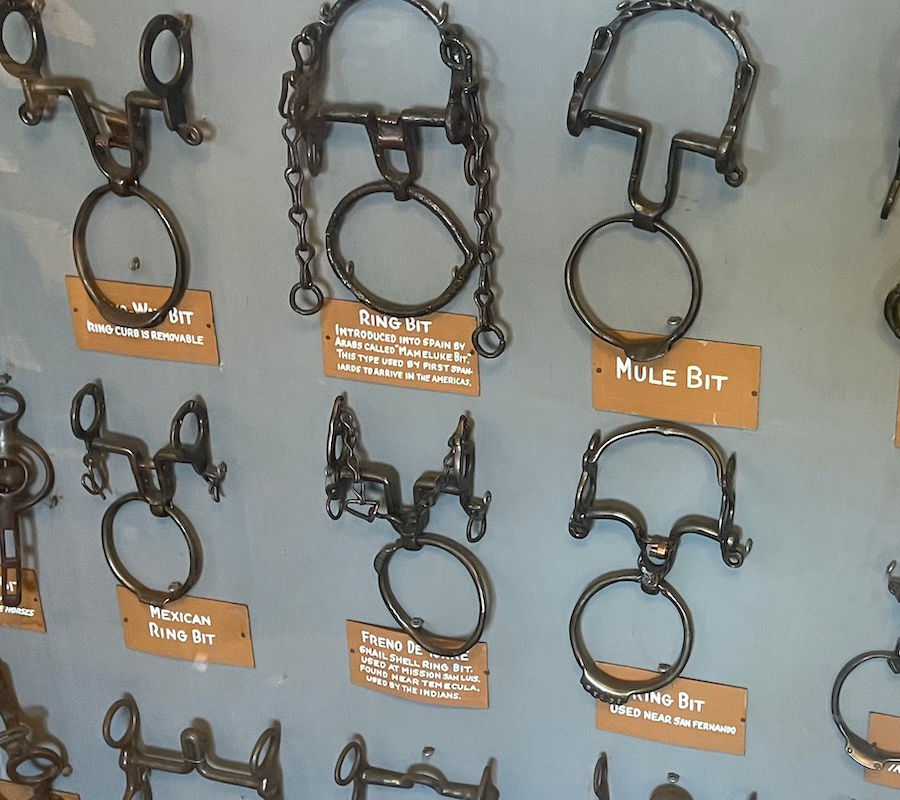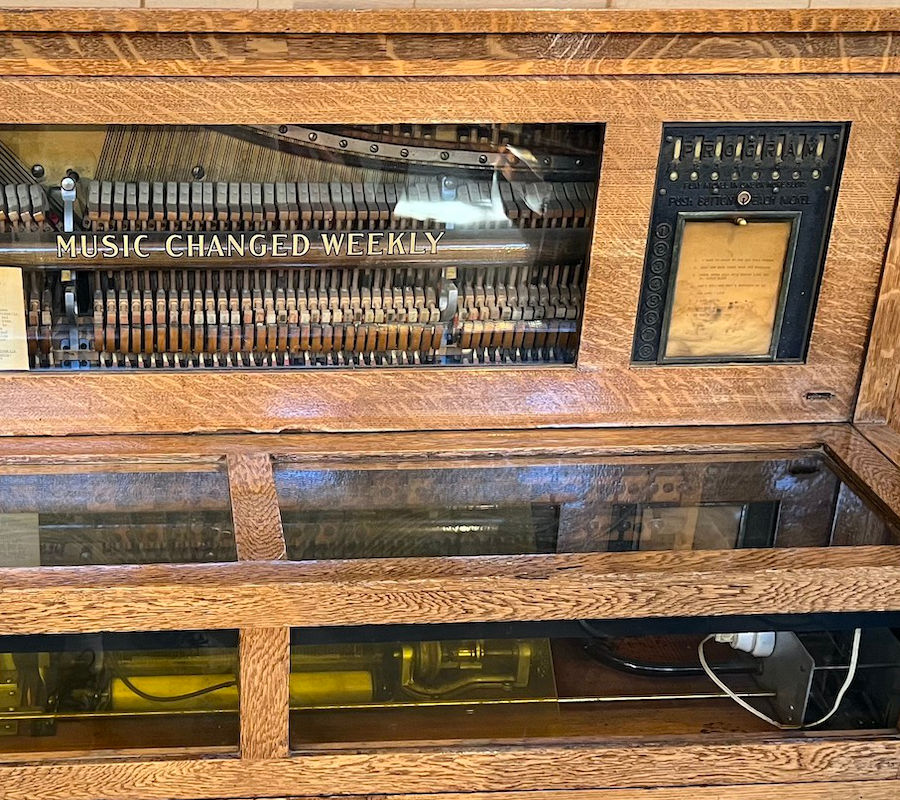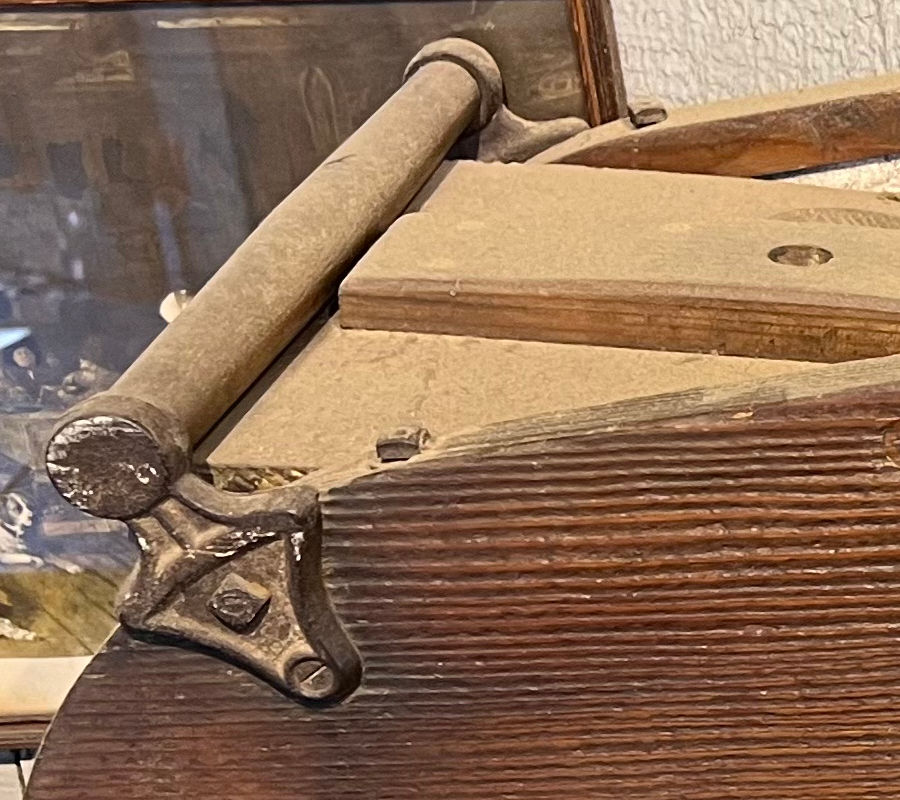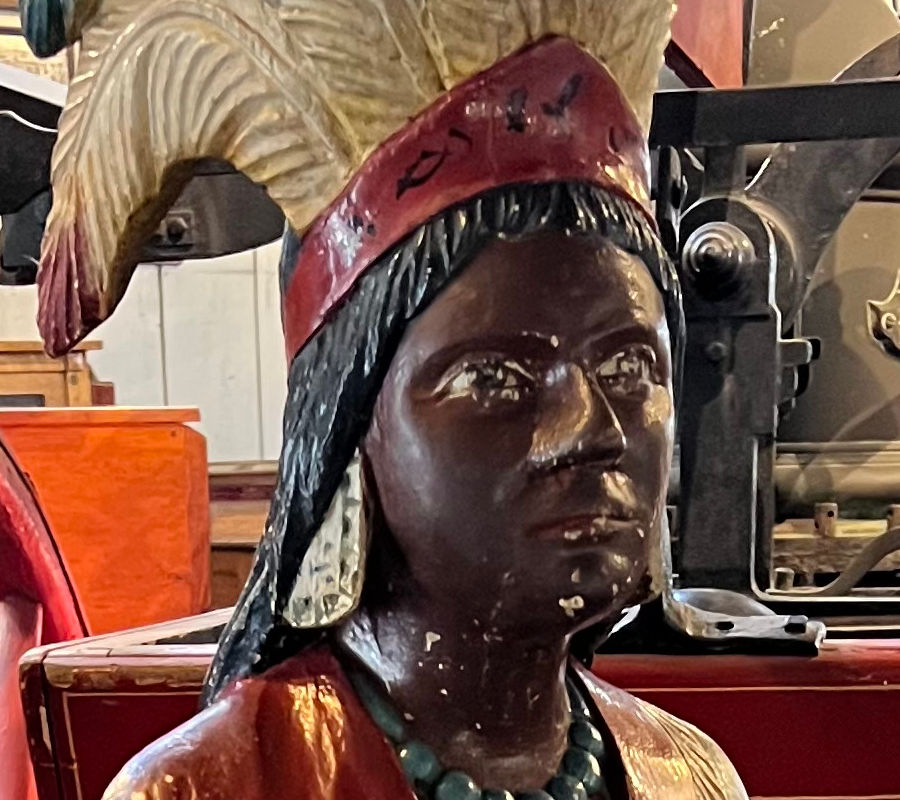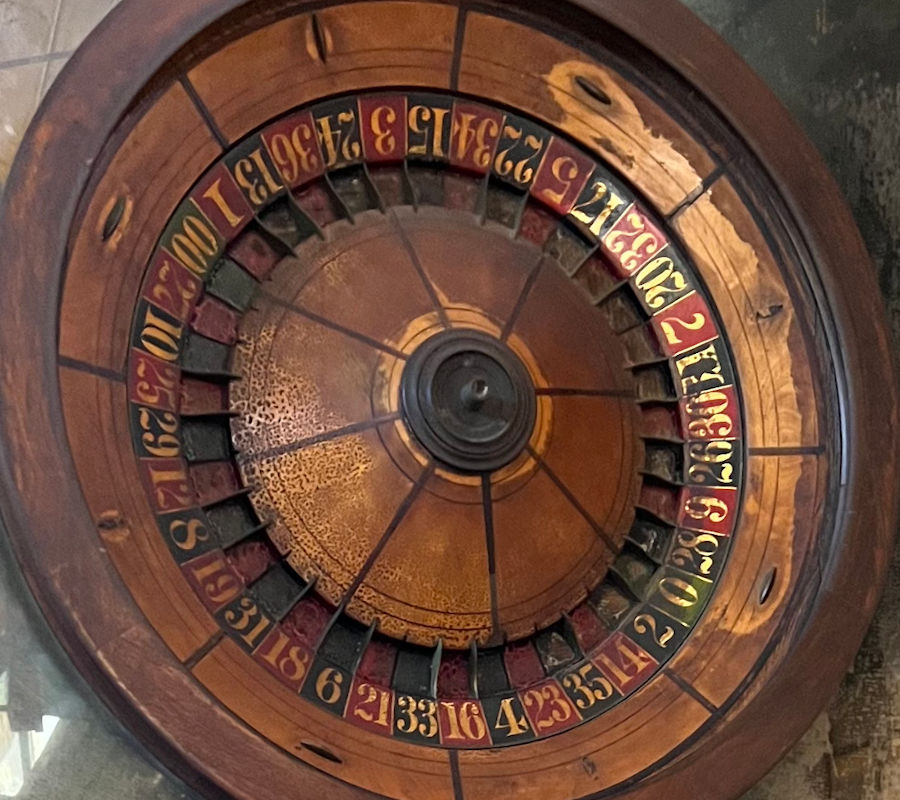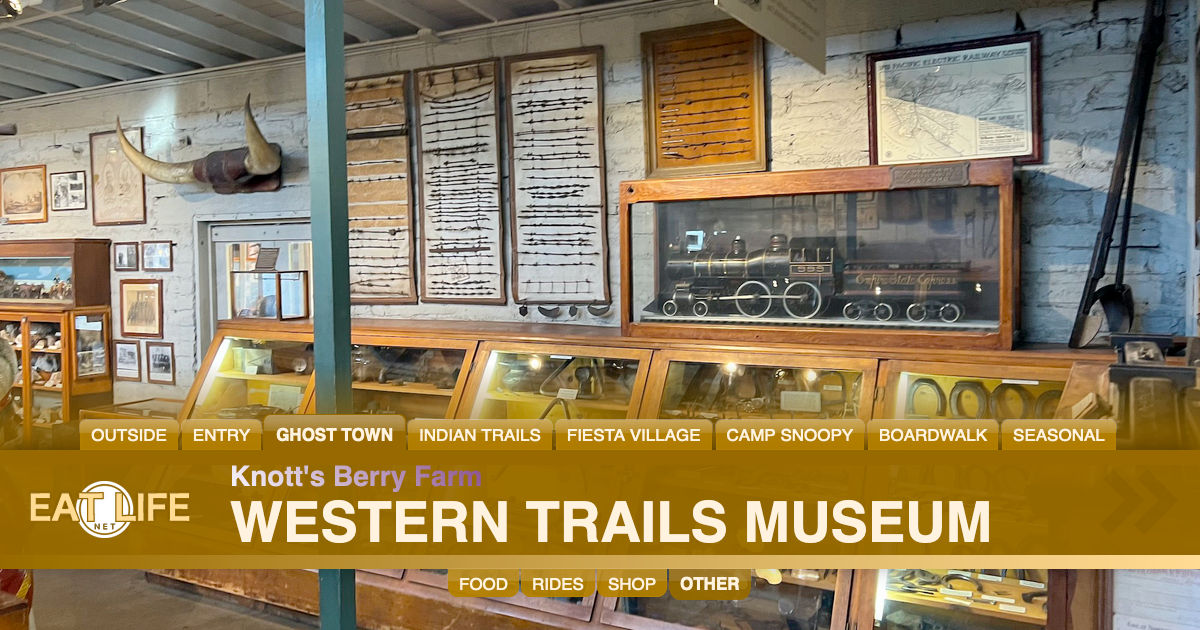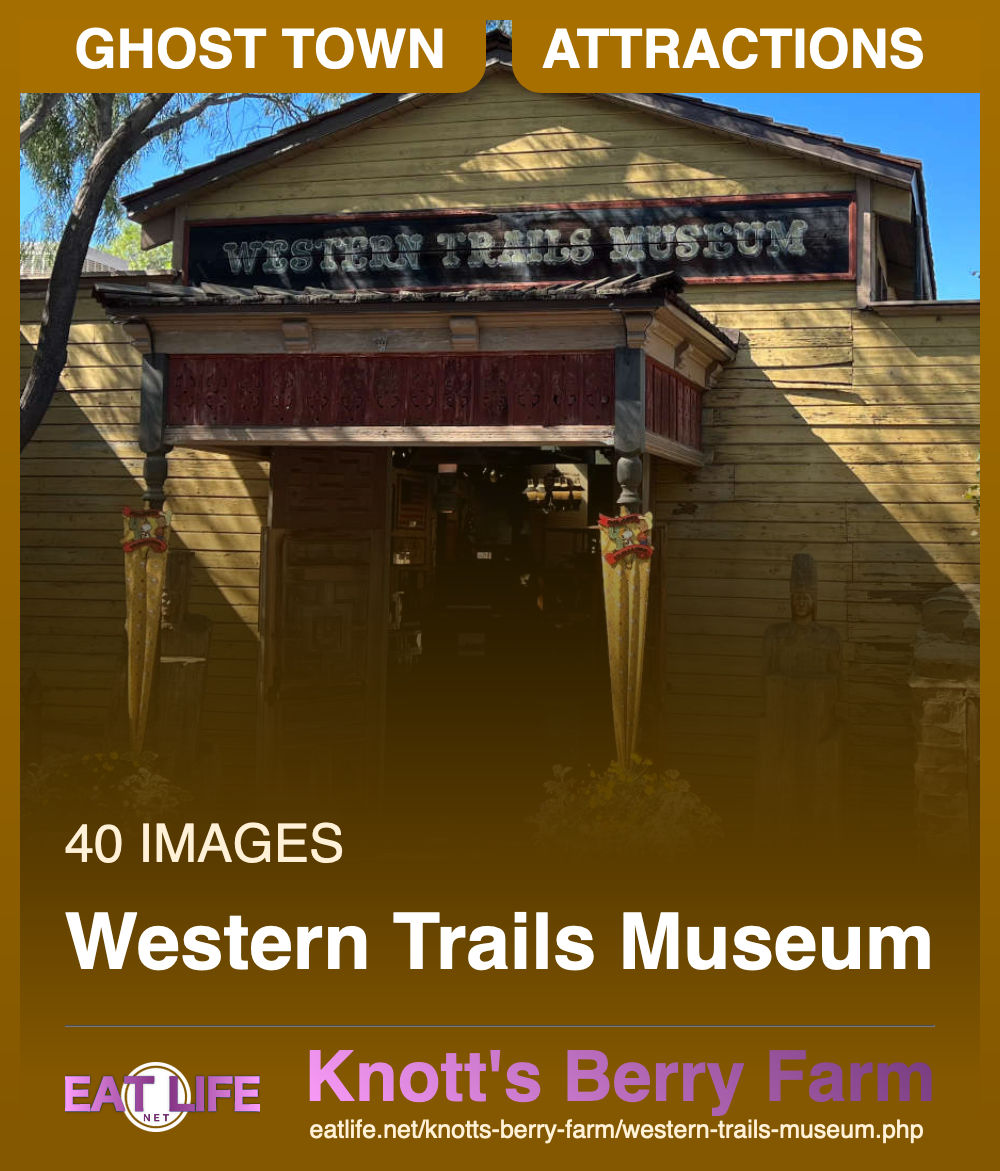
In 1840 there was no West. America stopped short at the Allegheny Mountains. By 1890 the cowboys, the pioneers, the forty-niners, the cattle rustlers and gunslingers had vanished... they came and disappeared within a fast fifty years.
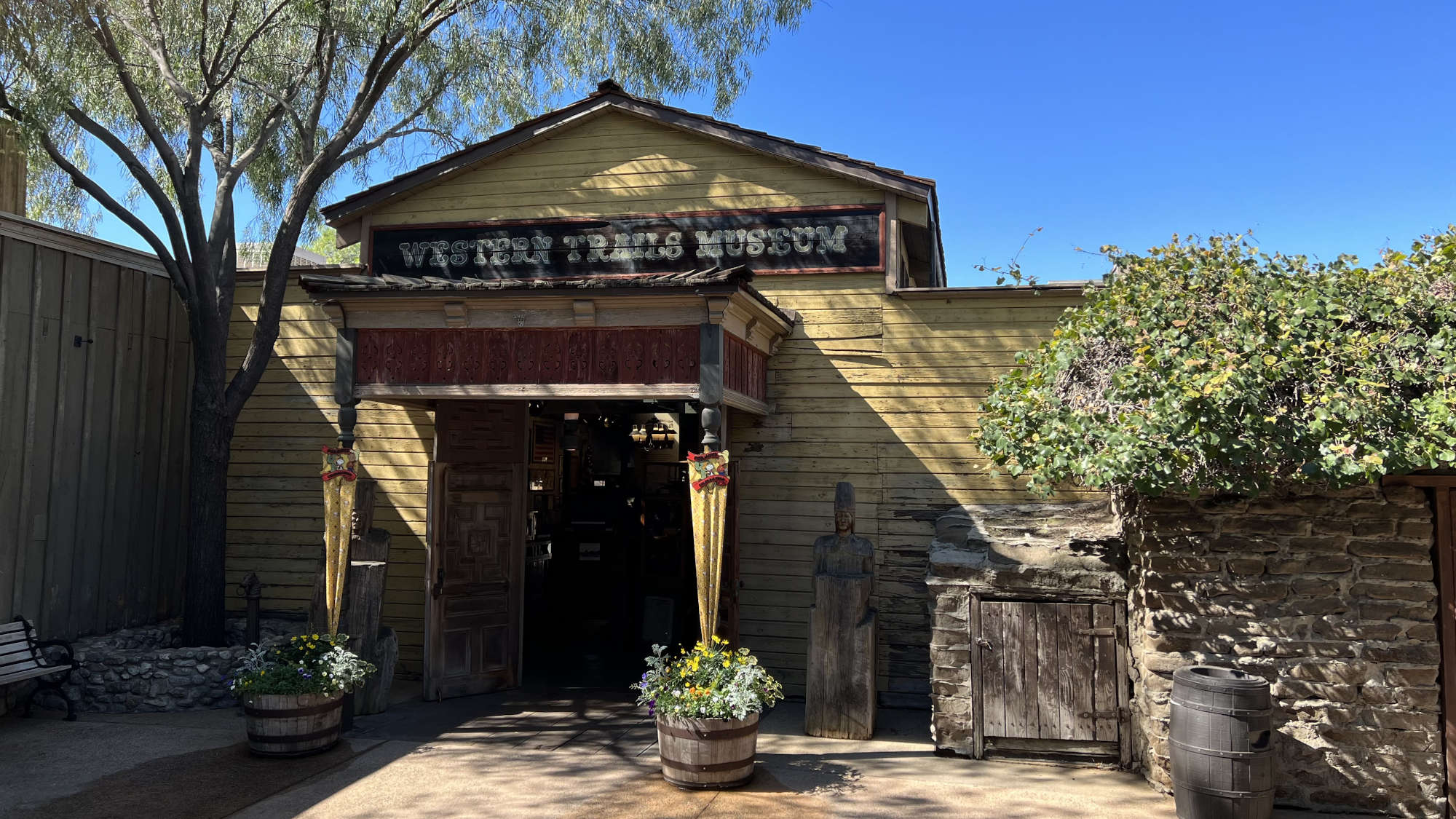
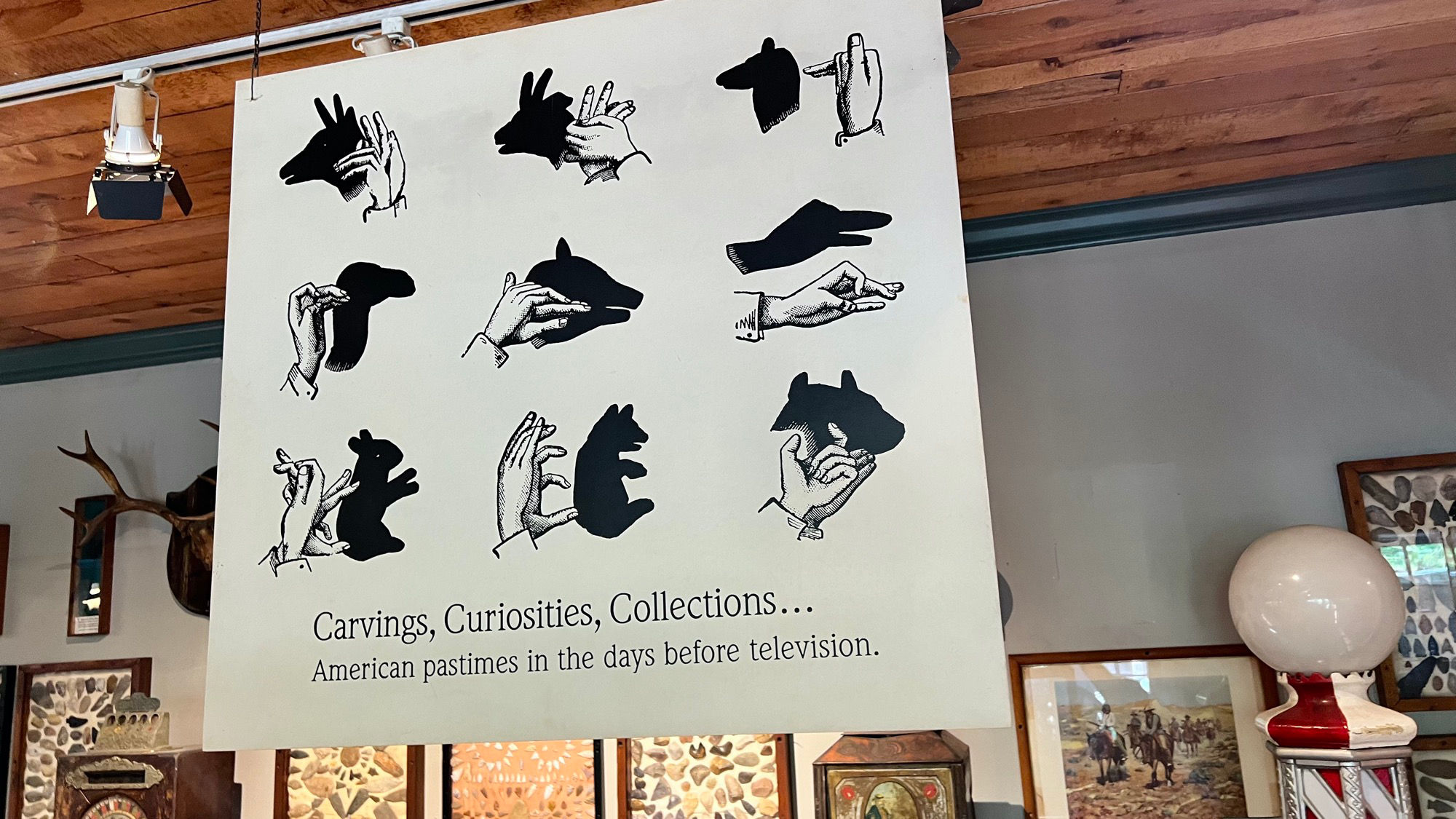
Carvings, Curiosities, Collections...
American pastimes in the days before Television

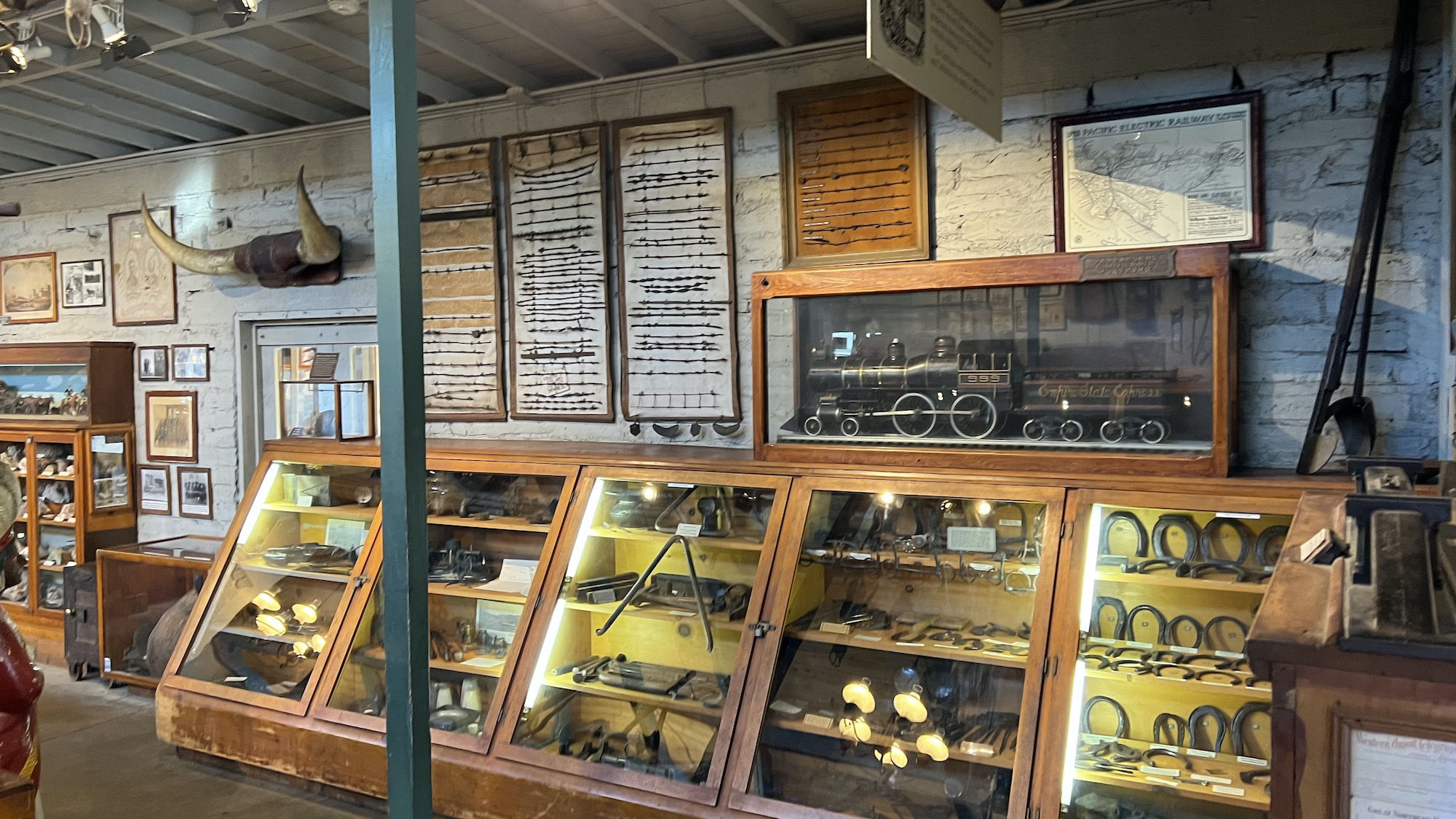
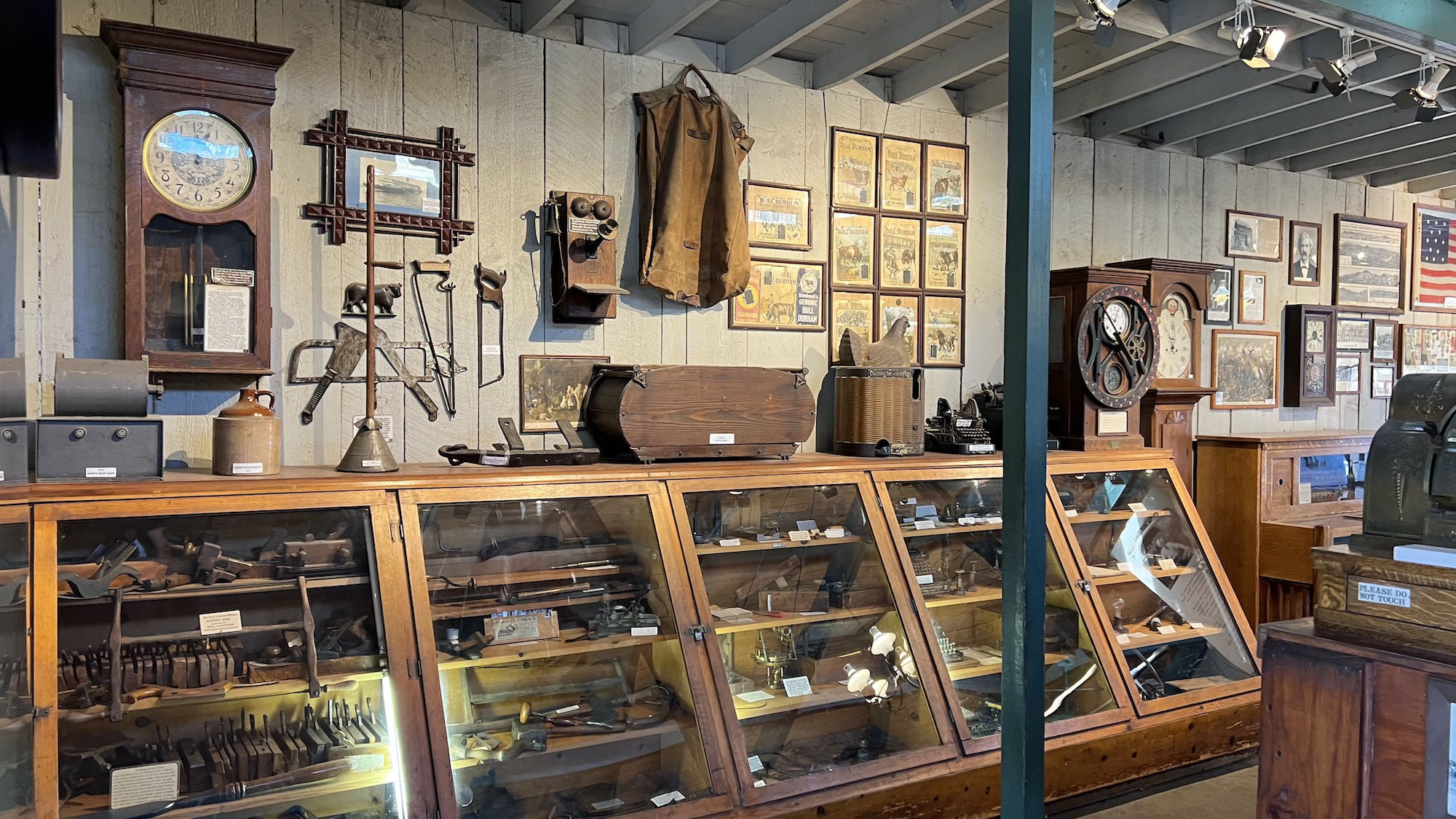
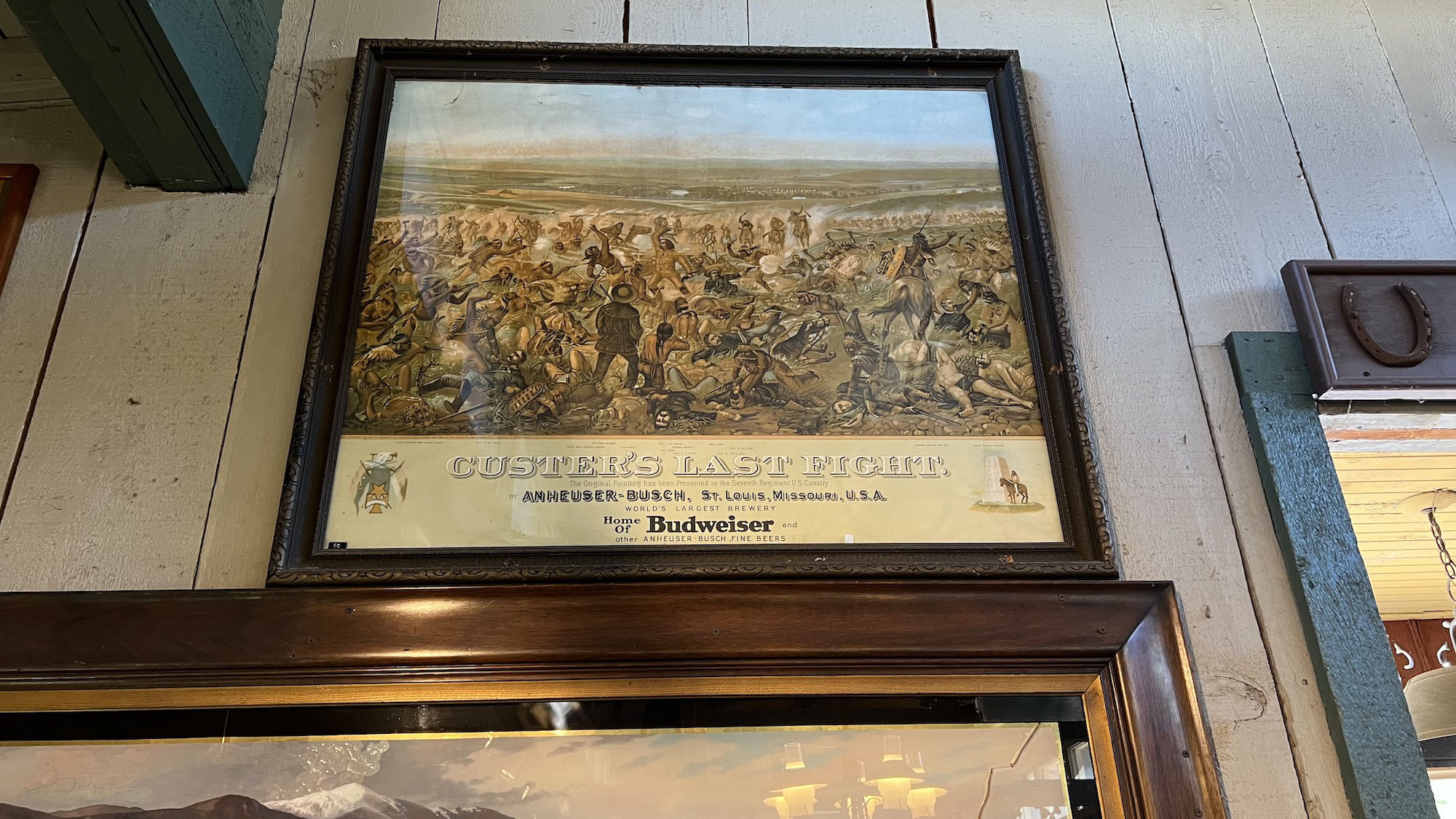
Related eatlife write up: Custer's Last Stand
[https://www.eatlife.net/custers-last-stand.php]

Chief Left Hand of the Crow Indians. He has on an officers uniform that came from Custer's Last Stand on the Little Big Horn River in southern Montana. This last great battle between Indians and White Men was fought on the afternoon of June 25th, 1876. Custer and his 7th. Cavalry were completely wiped out.
Chief Left Hand was brought to Hollywood from the Crow Reservation located at Hardin, Montana, to take part in the epic making motion picture, "The Iron Horse" in 1922. Marion Speer knew he had this uniform and he made a trip to Hollywood for the purpose of getting this picture, Marion found him in this teepee in a game of poker. He would not stop or put this uniform on. Marion left him but Chief Left Hand soon came running after Marion and for a dollar he posed for this picture. Wonder how long the dollar lasted, a true and interesting story.
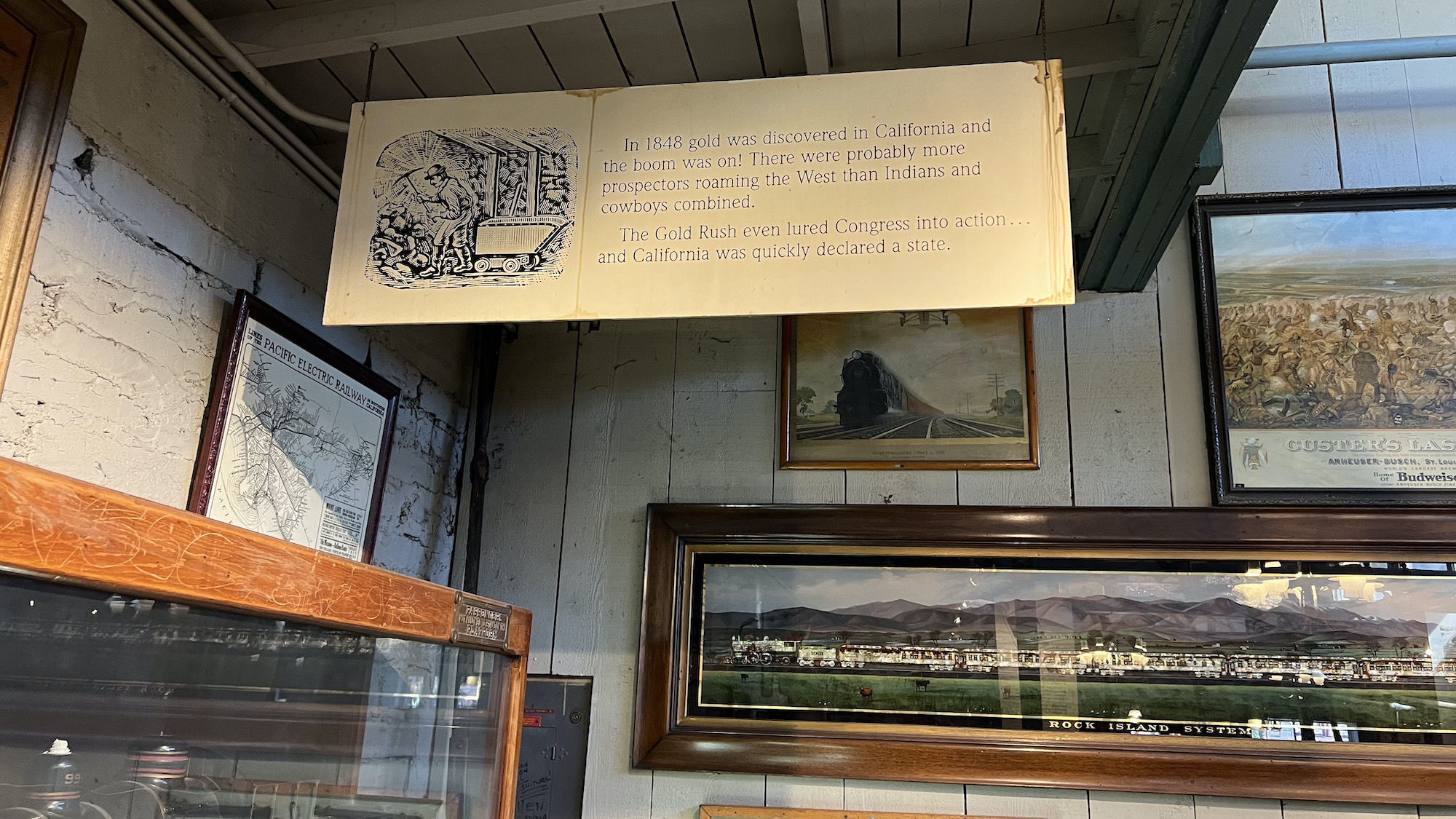
The Gold Rush even lured Congress into action and California was quickly declared a state.
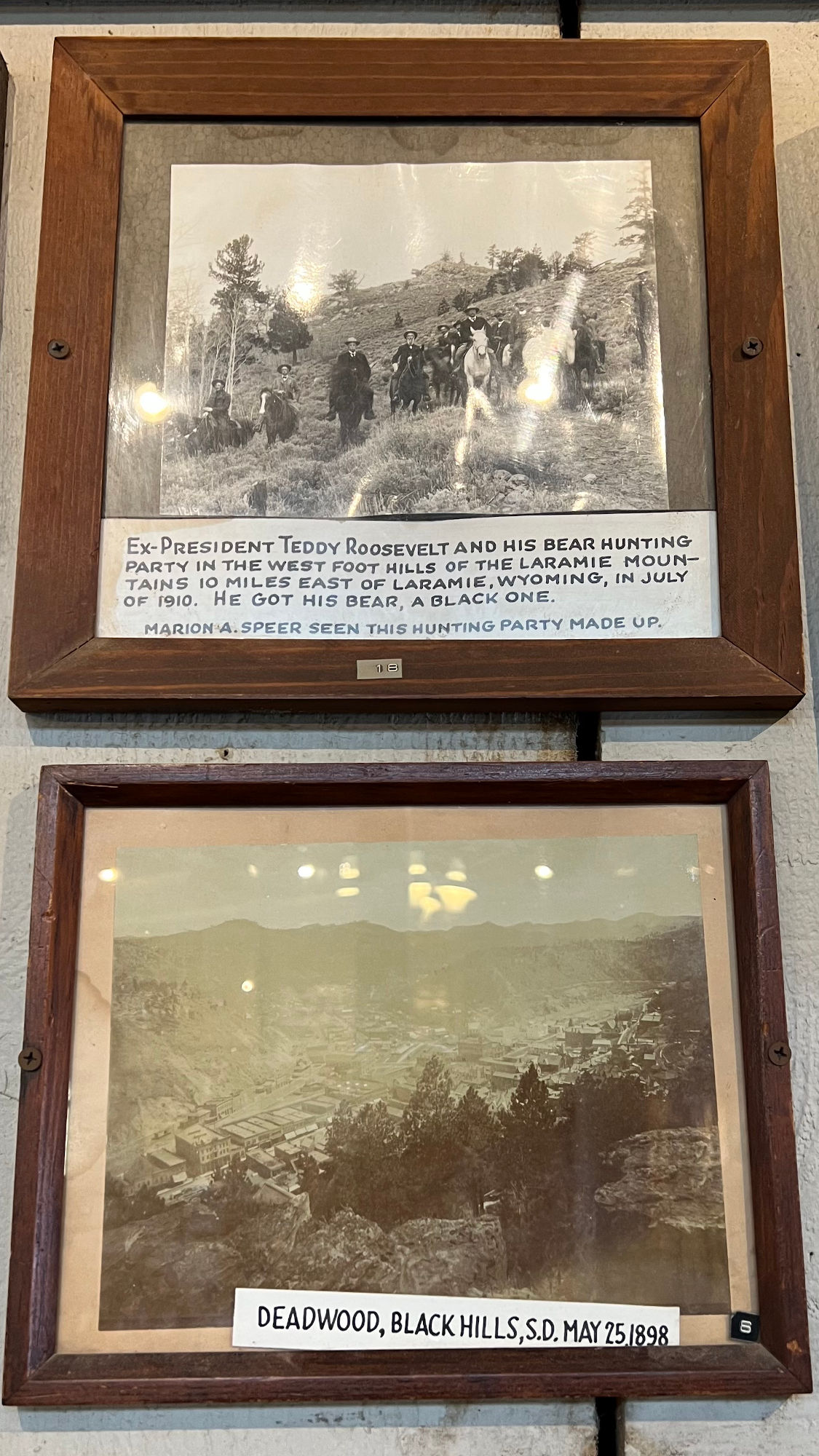
- Ex-President Teddy Roosevelt and his bear hunting party in the west foot hills of the Laramie Mountains 10 miles east of Laramie, Wyoming, in July of 1910. He got his bear; a black one.
Marion A. Speer seen this hunting party made up.
- Deadwood, Black Hills, S.D. May 25 1898
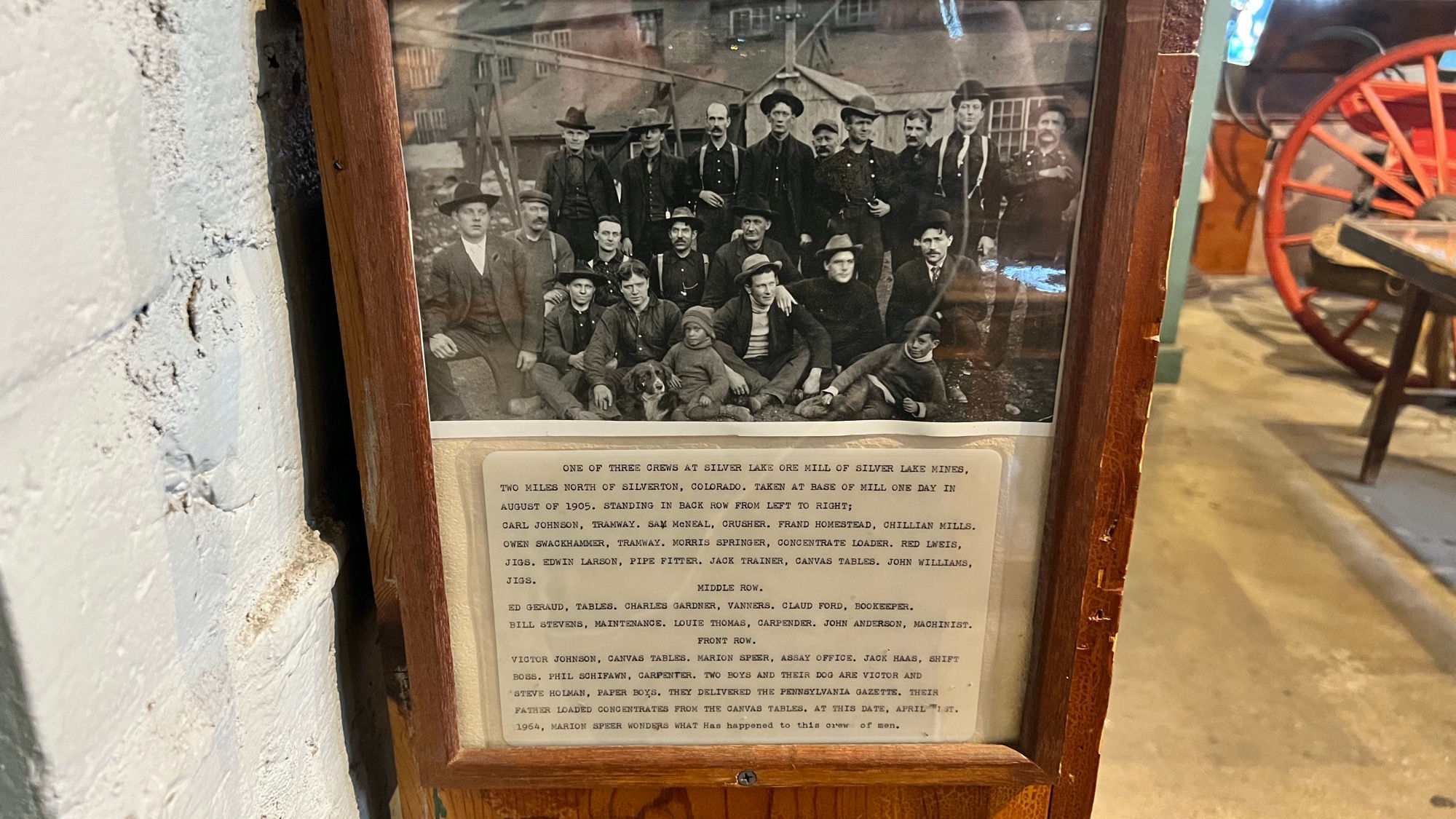
One of three crews at Silver Lake Ore Mine of Silver Lake Mines, two miles north of Silverton, Colorado. Taken at base of mill one day in August of 1905.
Standing in back row from left to right
Carl Johnson, Tramway. Say Moneal, Rusher. Frand Homestead, Chillian Mills.
Owen Swackhammer, Tramway. Morris Springer, Concentrate Loader. Red Lewis,
Jigs. Edwin Larson, Pipe Fitter. Jack Trainer, Canvas Tables. John Williams,
Jigs.
Middle Row
Ed Geraud, Tables. Charles Garner, Vanners. Claud Ford, Bookkeeper.
Bill Stevens, Maintenance. Louie Thomas, Carpenter. John Anderson, Machinist.
Front Row
Victor Johnson, Canvas Tables. Marion Speer, Assay Office. Jack Haas, Shift
Boss. Phil Schifawn, Carpenter. Two boys and their dog are Victor and
Steve Holman, Paper Boys. They delivered the Pennsylvania Gazette. Their
father loaded concentrates from the canvas tables. At this date, April 1st, 1964, Marion Speer wonders what happened to this crew of men.
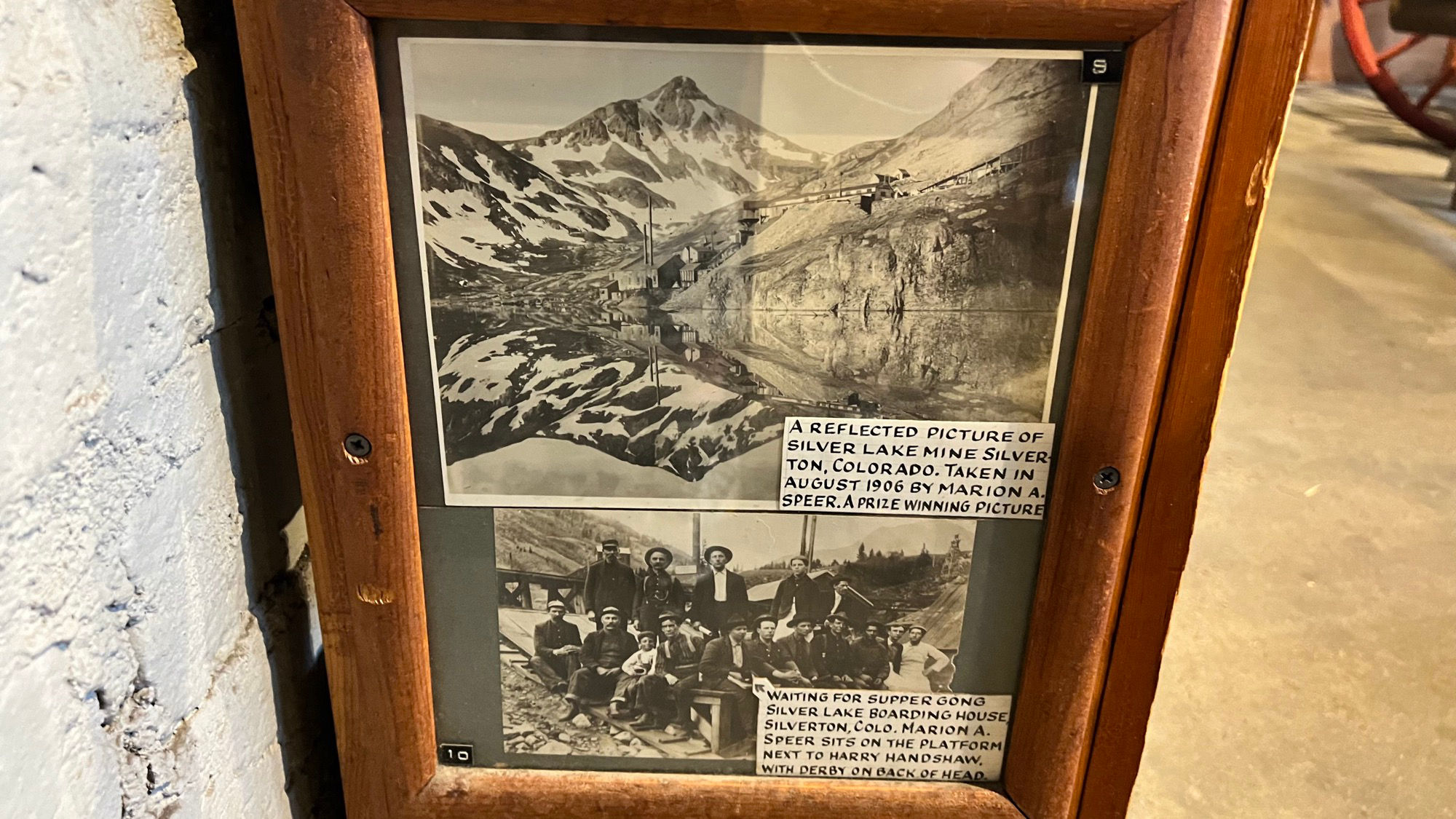
- Silver Lake Mine
A reflective picture of Silver Lake Mine Silverton, Colorado. Taken in August 1906 by Marion A Speer. A prize winning picture. - Waiting for supper gong
Silver Lake Boarding House Silverton, Colo. Marion A Speer sits on the platform next to Harry Handshaw with derby on back of head.
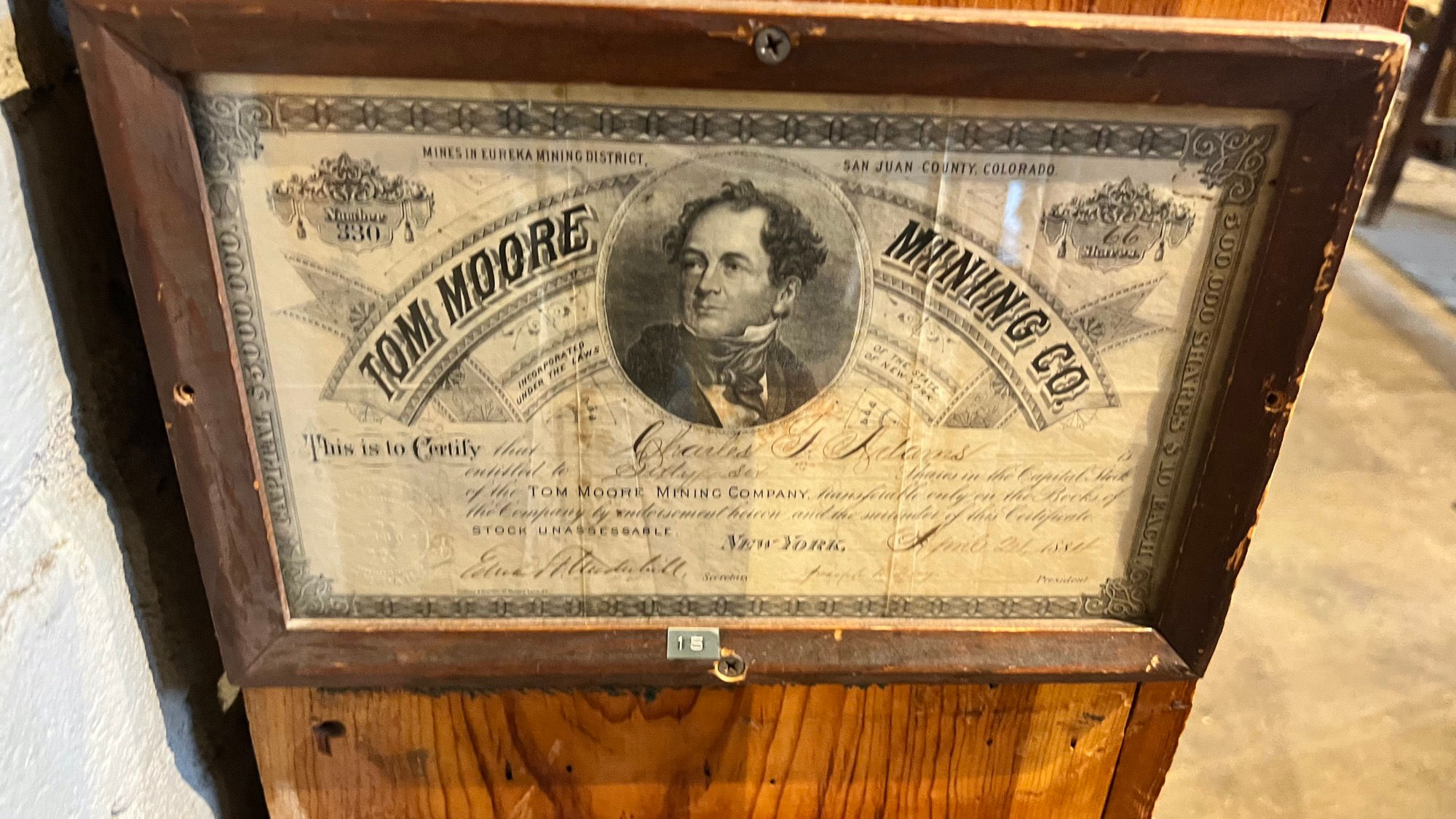
Stock Certificate

Mother of Pearl Train
Made from an original black and white photo by The Detroit Photography Co. and Copyrighted in 1900.
A Mr. Snyder made this colored and Mother-of-Pearl picture for E. J. Gorman, President of the Rock Island Railroad, in 1916 to hang in the office.
The setting is in the vicinity of Colorado Springs, Colo., Pike's Peak is snow-covered in the right range.

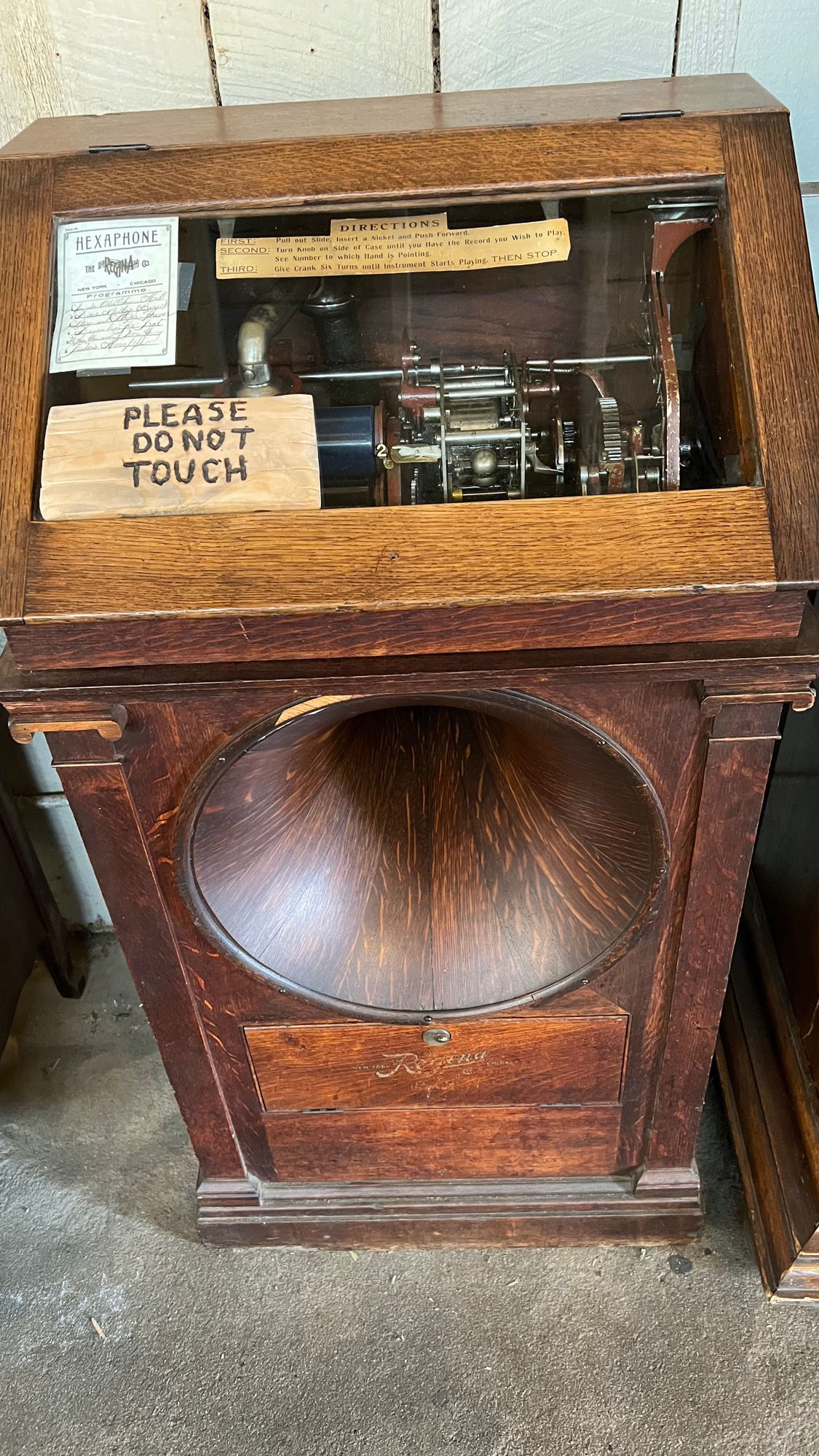
Directions
- First Pull out slide, insert a nickel and push forward.
- Second Turn knob on side of case until you have the record you wish to play. See number to which hand is pointing.
- Third Give crank six turns until instrument starts playing, THEN STOP.

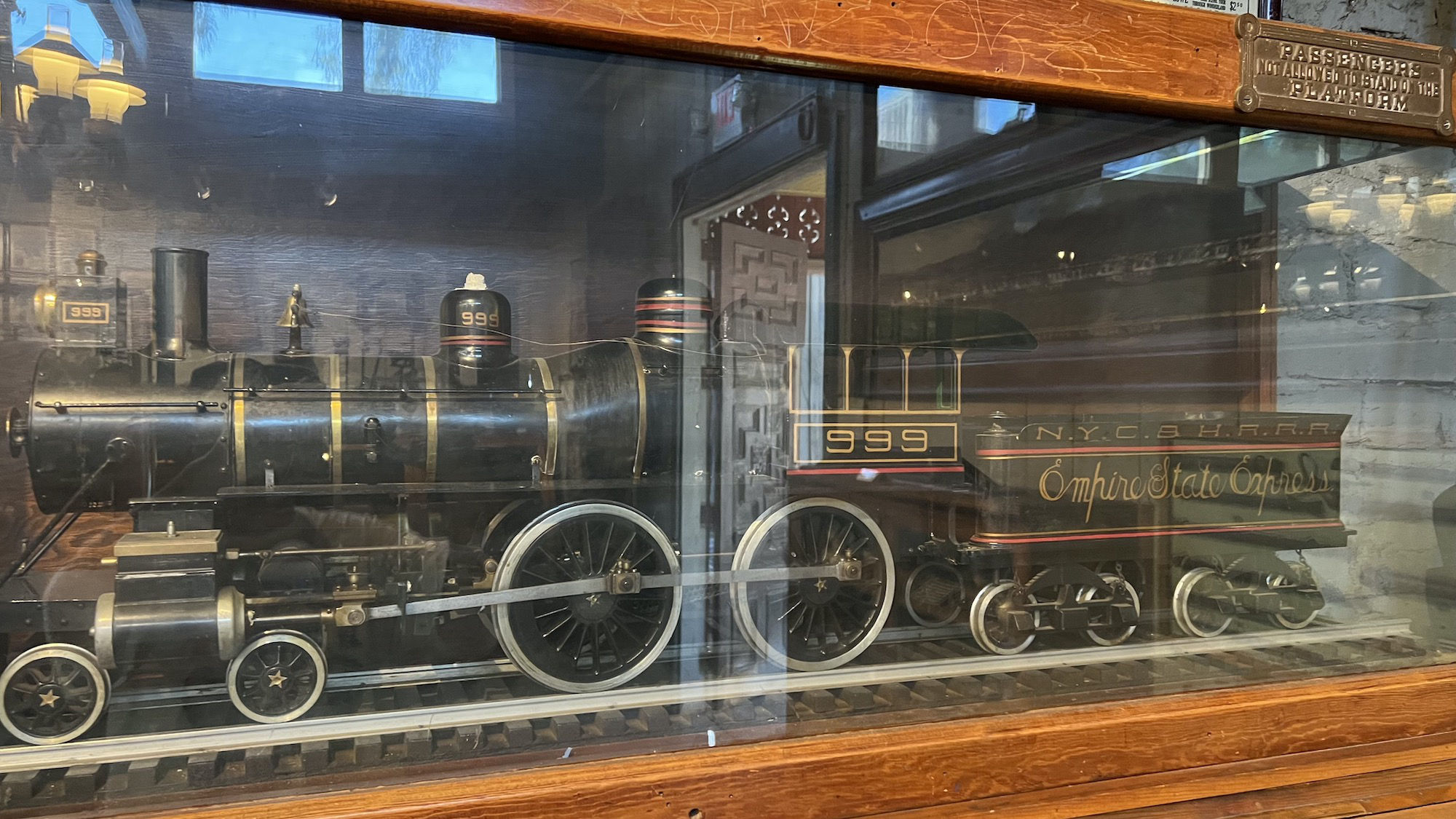
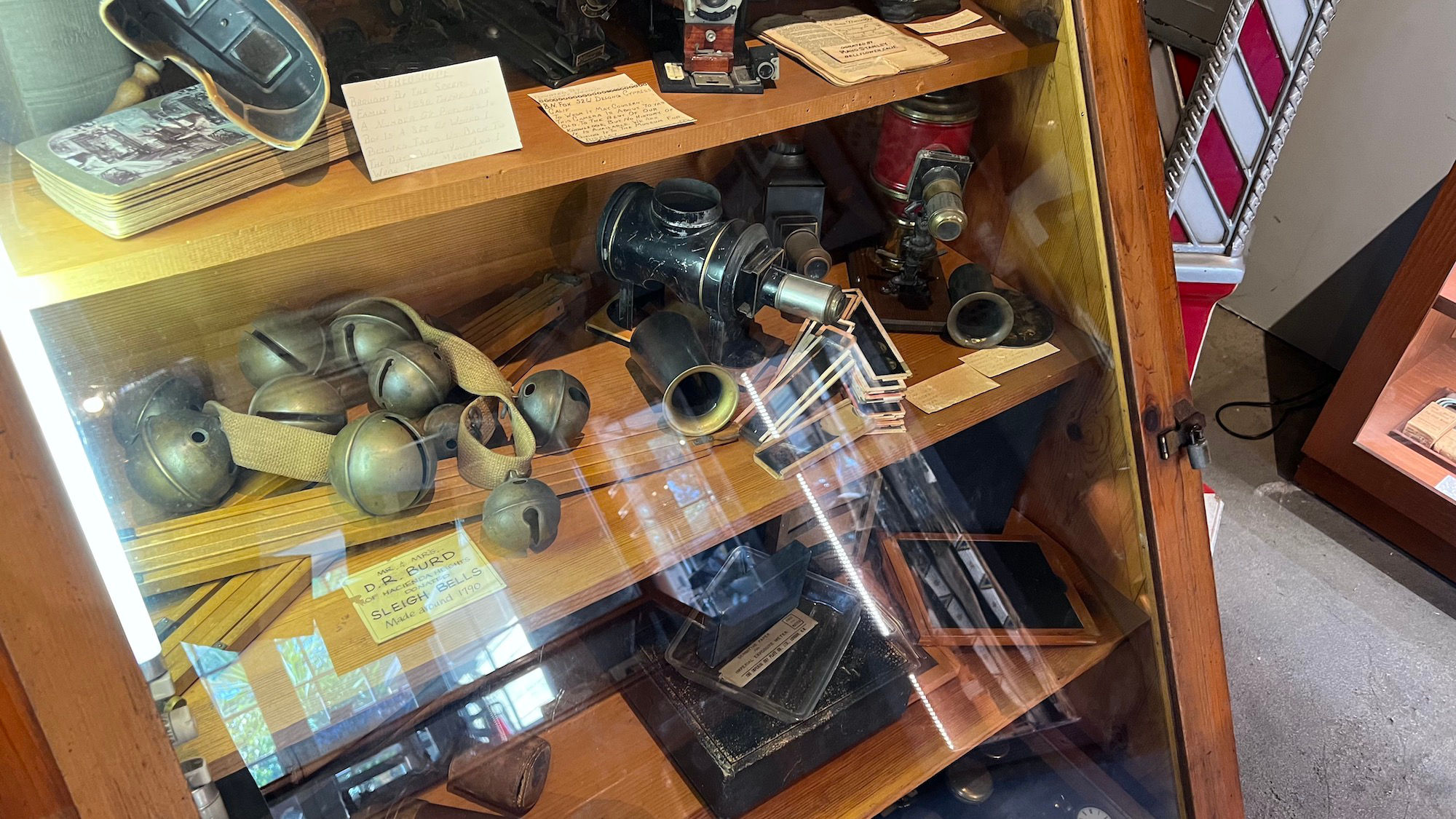
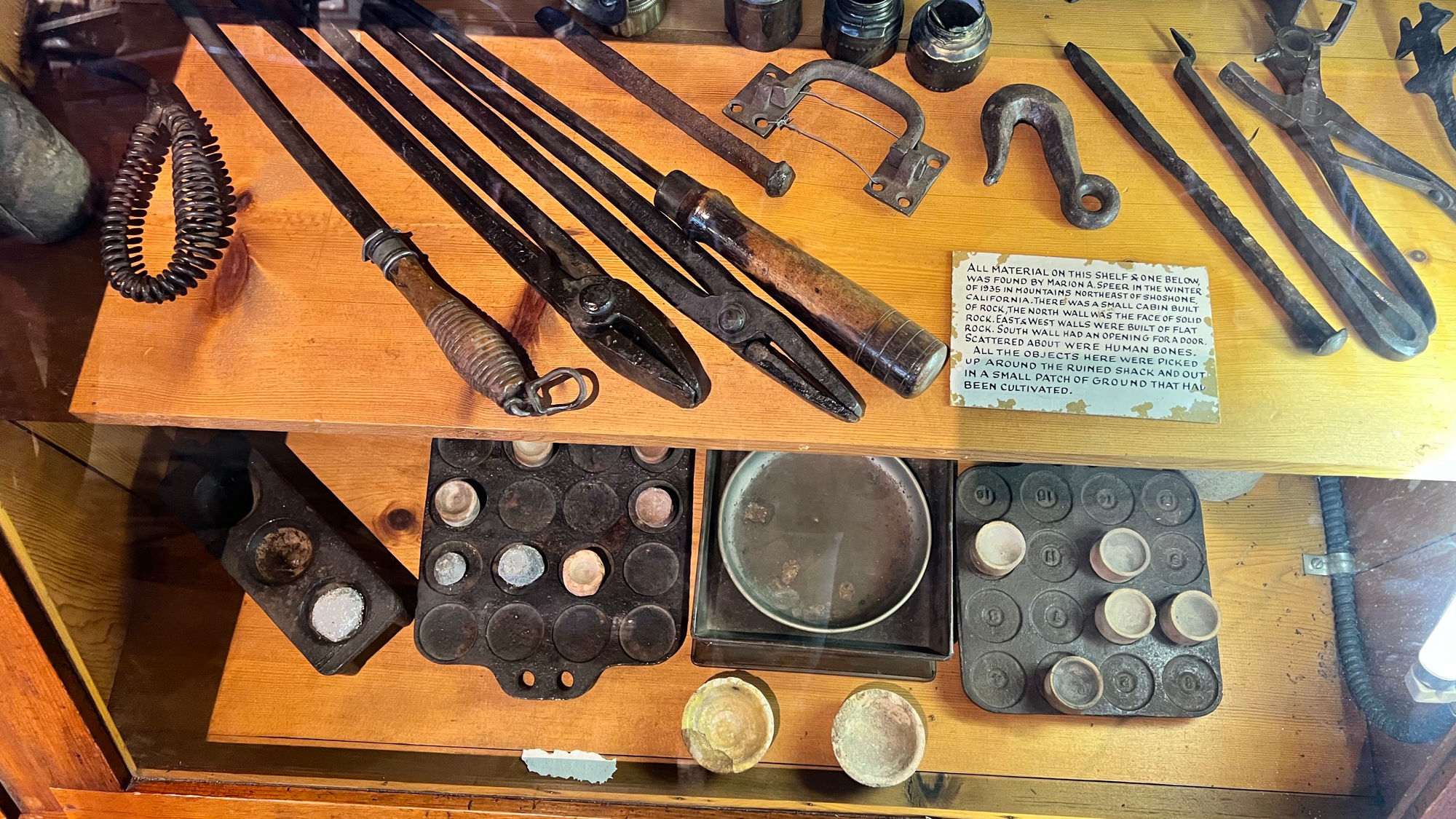
All material on this shelf & the one below, was found by Marion A. Speer in the winter of 1935 in mountains northeast of Shoshone, California. There was a small cabin built of rock, the north wall was the face of solid rock. East & West walls were built of flat rock. South wall had an opening for a door.
Scattered about were human bones. All the objects here were picked up around the ruined shack and out in a small patch of ground that had been cultivated.
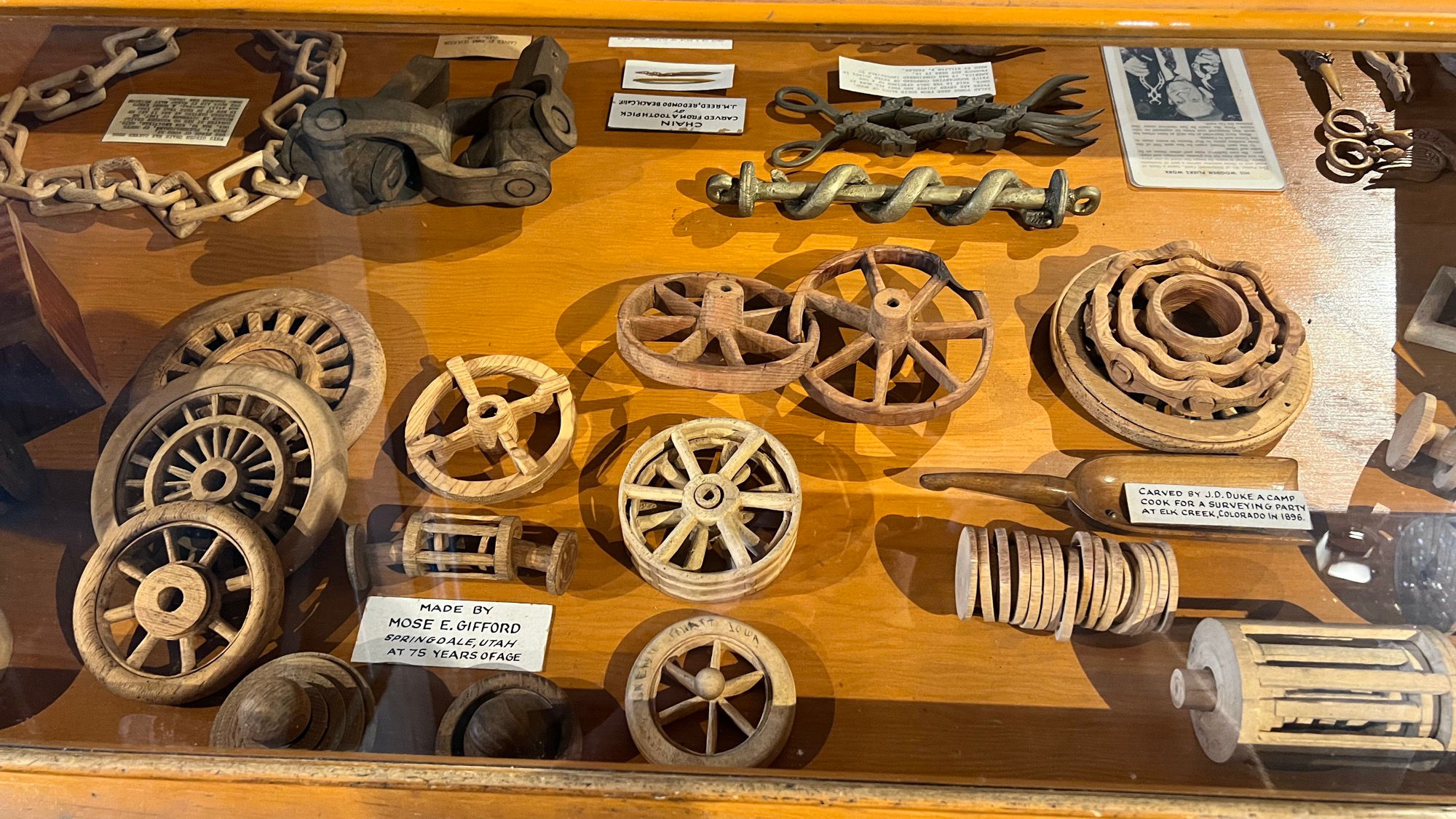
- Wagon Wheel Carvings
Made by Mose E. Gifford Springdale, Utah at 75 years of age - Carved by JD Duke
A Camp cook for a surveying party at Elk Creek, Colorado in 1896
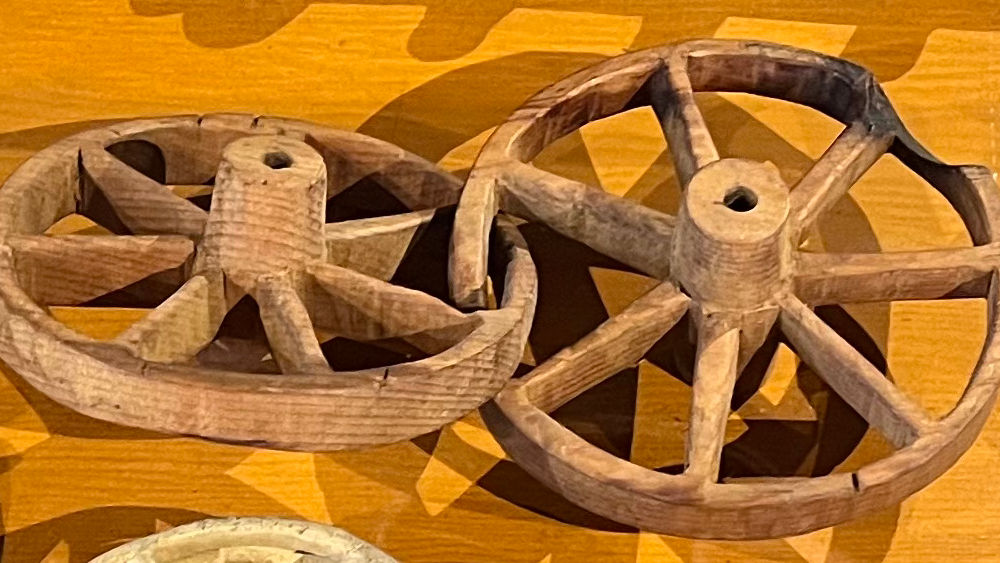
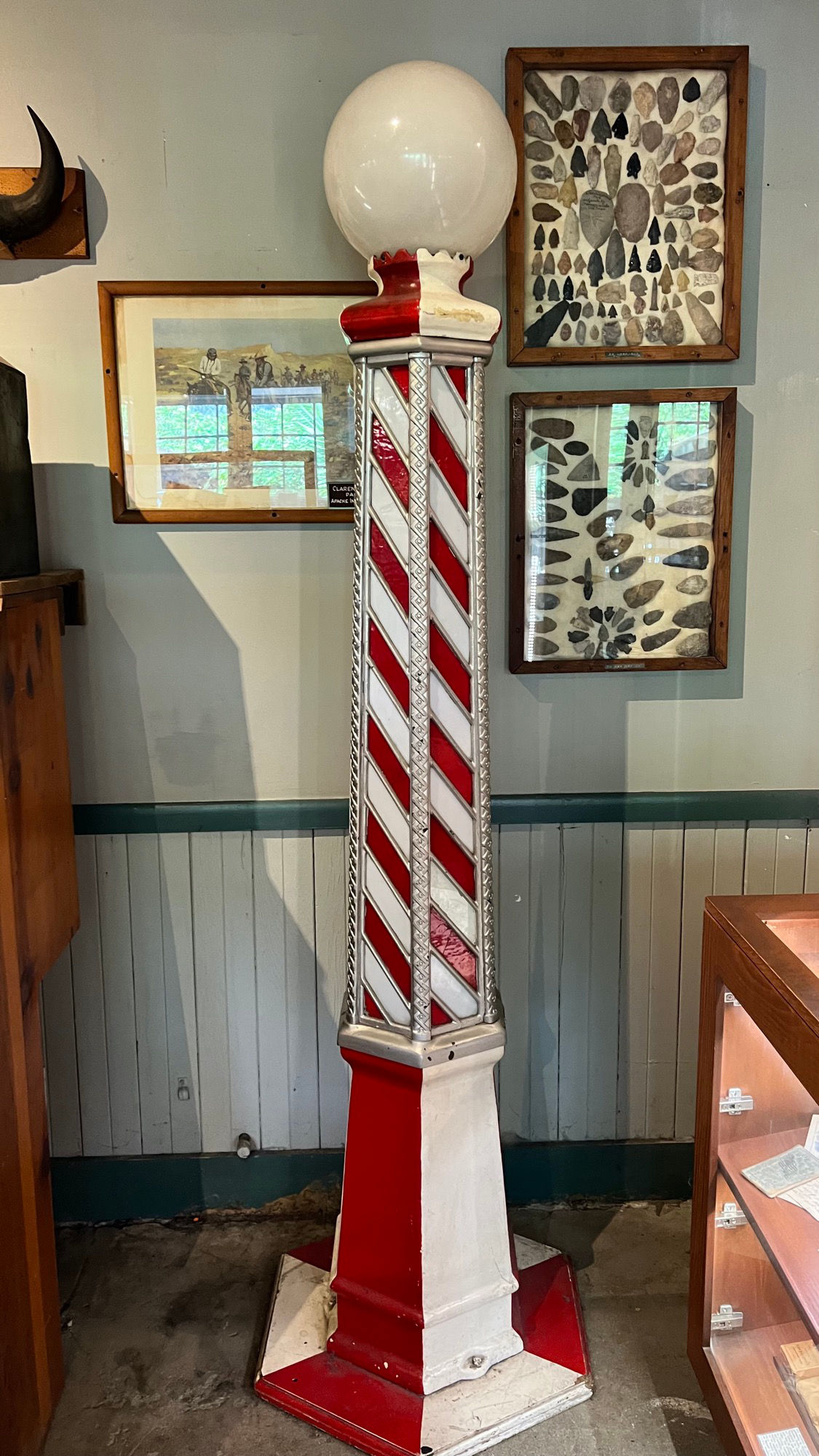
Some Arrowheads on the wall behind it
[https://www.eatlife.net/knotts-berry-farm/arrowheads.php]
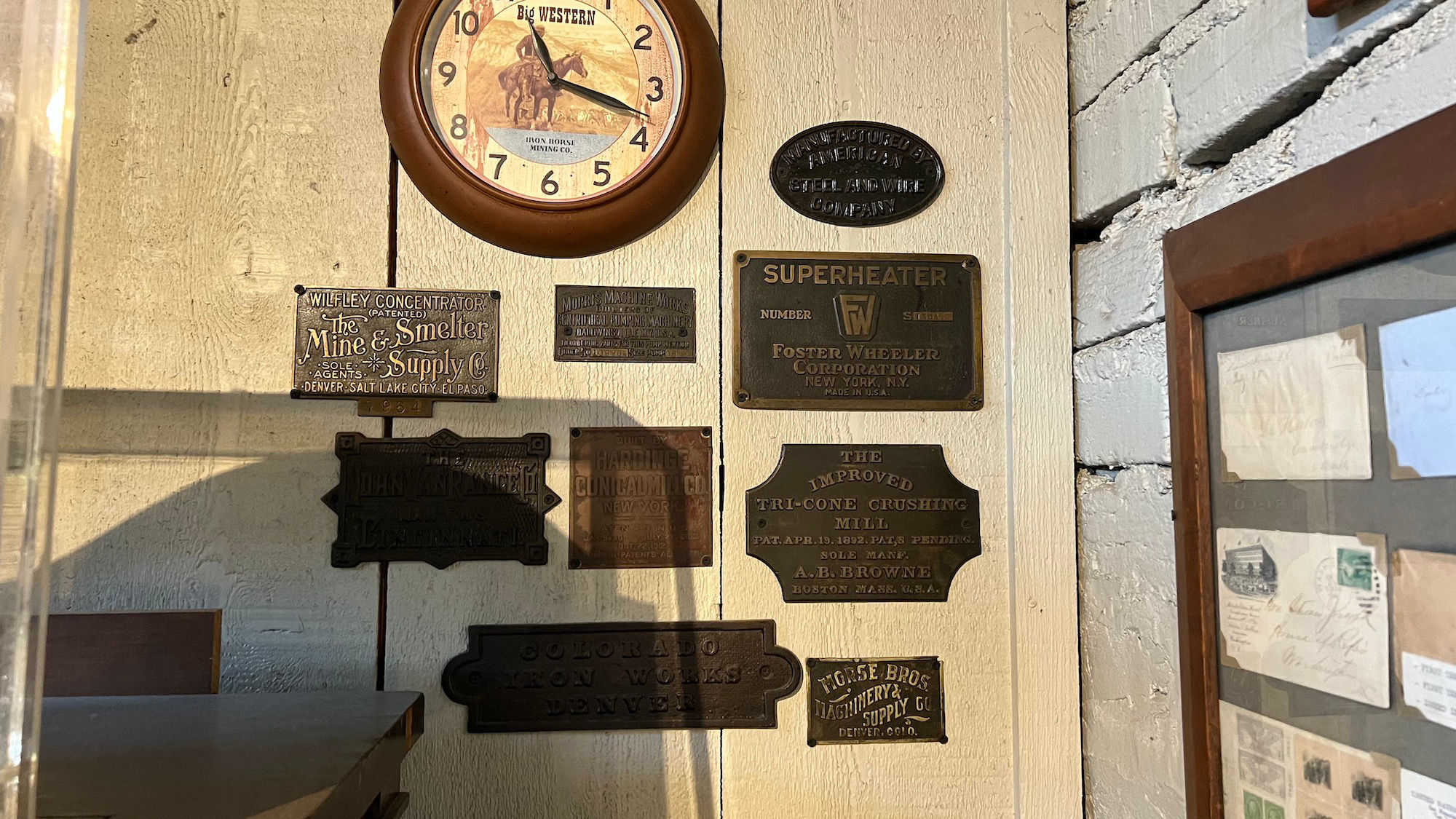
- Manufactured by American Steel and Wire Company
- Wilfley Concentrator (Patented) The Mine & Smelter Supply Co. | Sole | Agents | Denver | Salt Lake City | El Paso
- Morris Machine Works Builders of Centrifugal Pumping Machinery Baldwinsville, NY USA. In ordering parts for this pump mention order no 109964 size pump 18"
- Superheater Foster Wheeler Corporation New York, NY Made in USA
- The John Van Range Co Cincinnati
- Built by Hardinge Conical Mill Co New York
- The Improved Tri-cone Crushing Mill Pat Apr 19 1892 pats pending Sole Manf. AB Browne Boston Mass USA
- Colorado Iron Works Denver
- Morse Bros Machinery & Supply Co. Denver Colo.

Twelfth annual exposition District Agricultural Association number 6 1891
37th Annual Fair


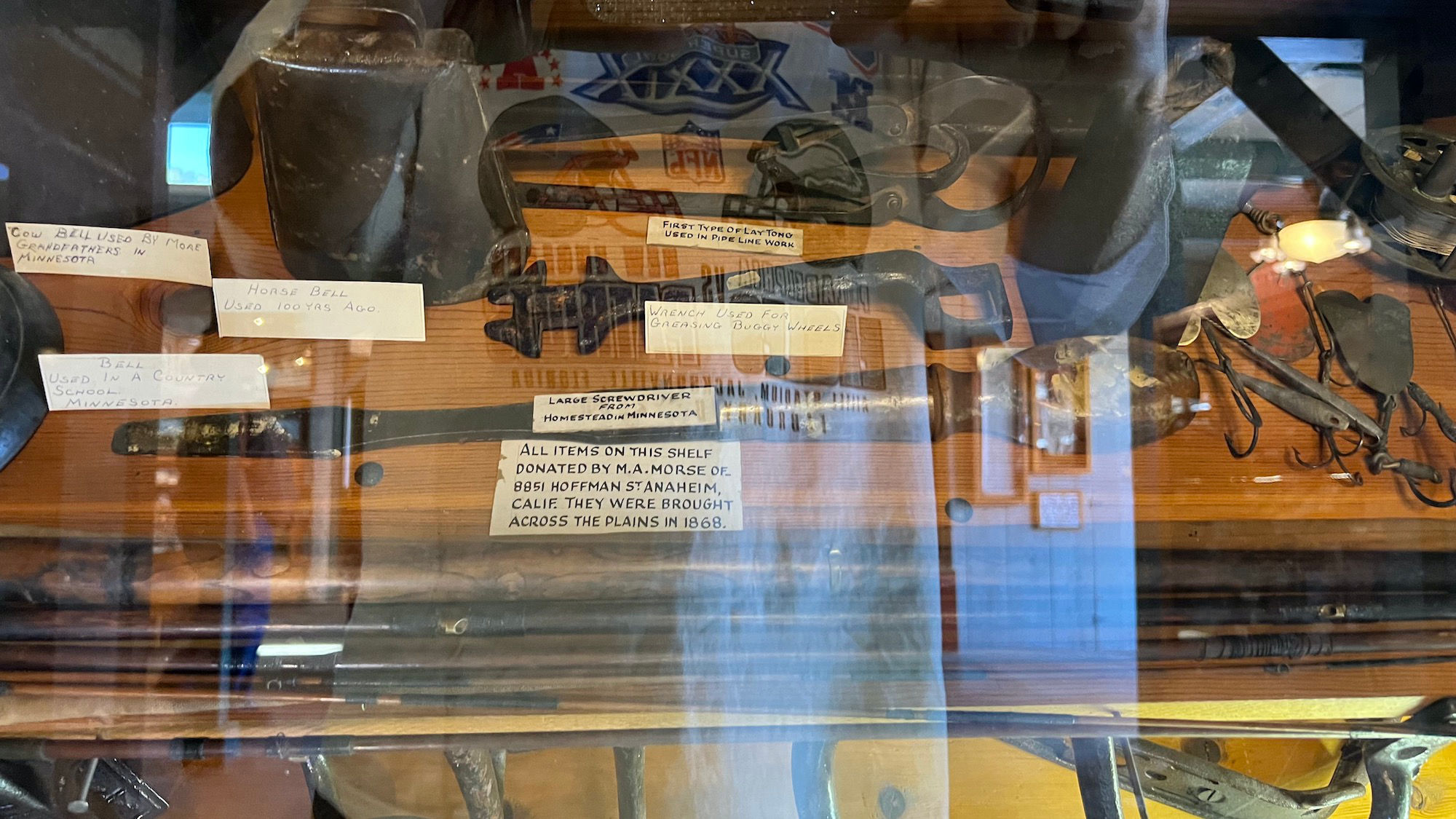
All items on this shelf donated by MA Morse of 8851 Hoffman Street Anaheim, California. They were brought across the plains in 1868.
- Cow Bell Used by Morse Grandfathers in Minnesota
- Horse Bell Used 100 years ago
- Bell Used in a country school Minnesota
- Lay Tong First type of Lay Tong used in pipeline work
- Buggy Wheel Wrench Used for Greasing Buggy Wheels
- Large Screwdriver From Homestead in Minnesota
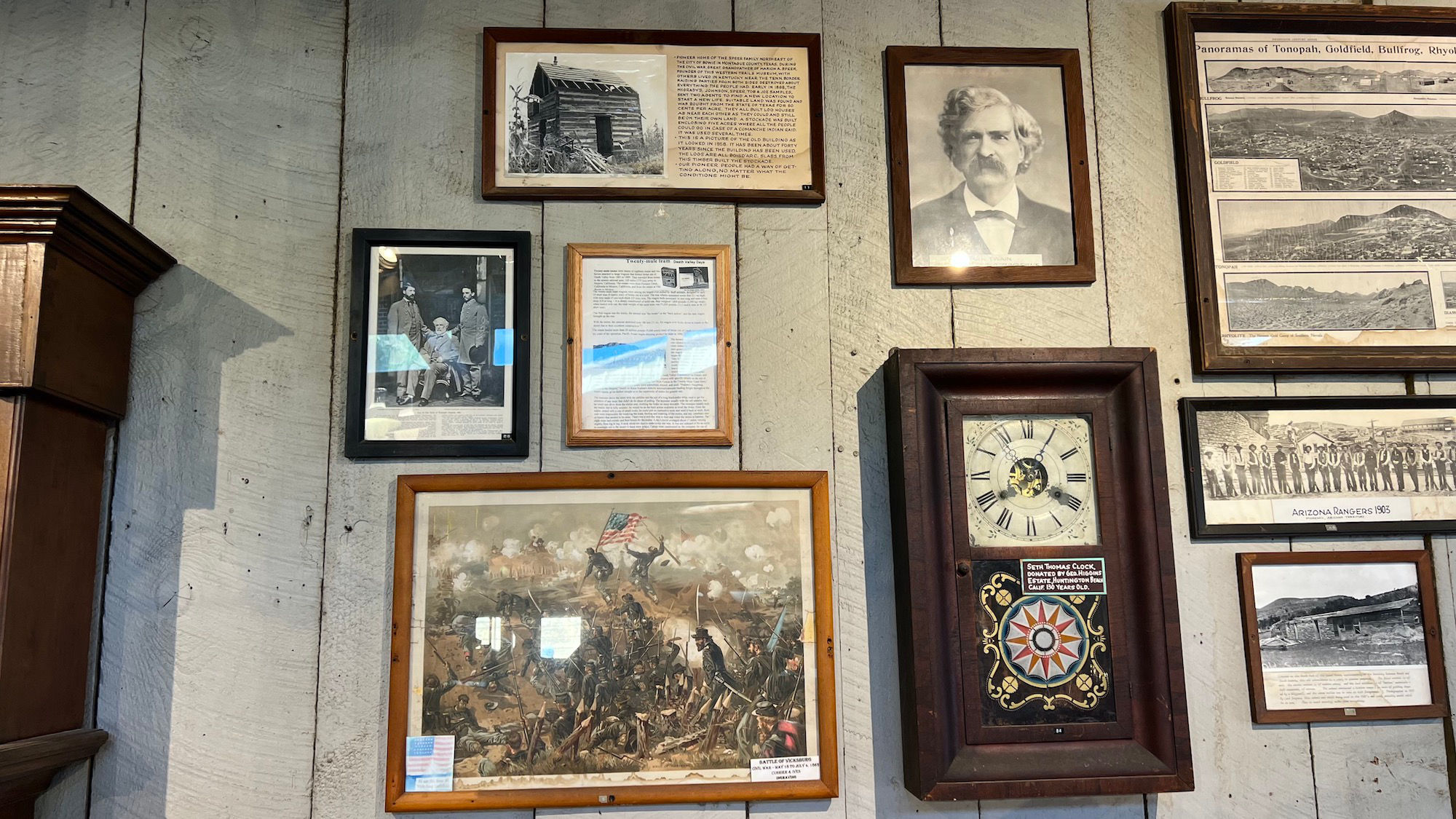
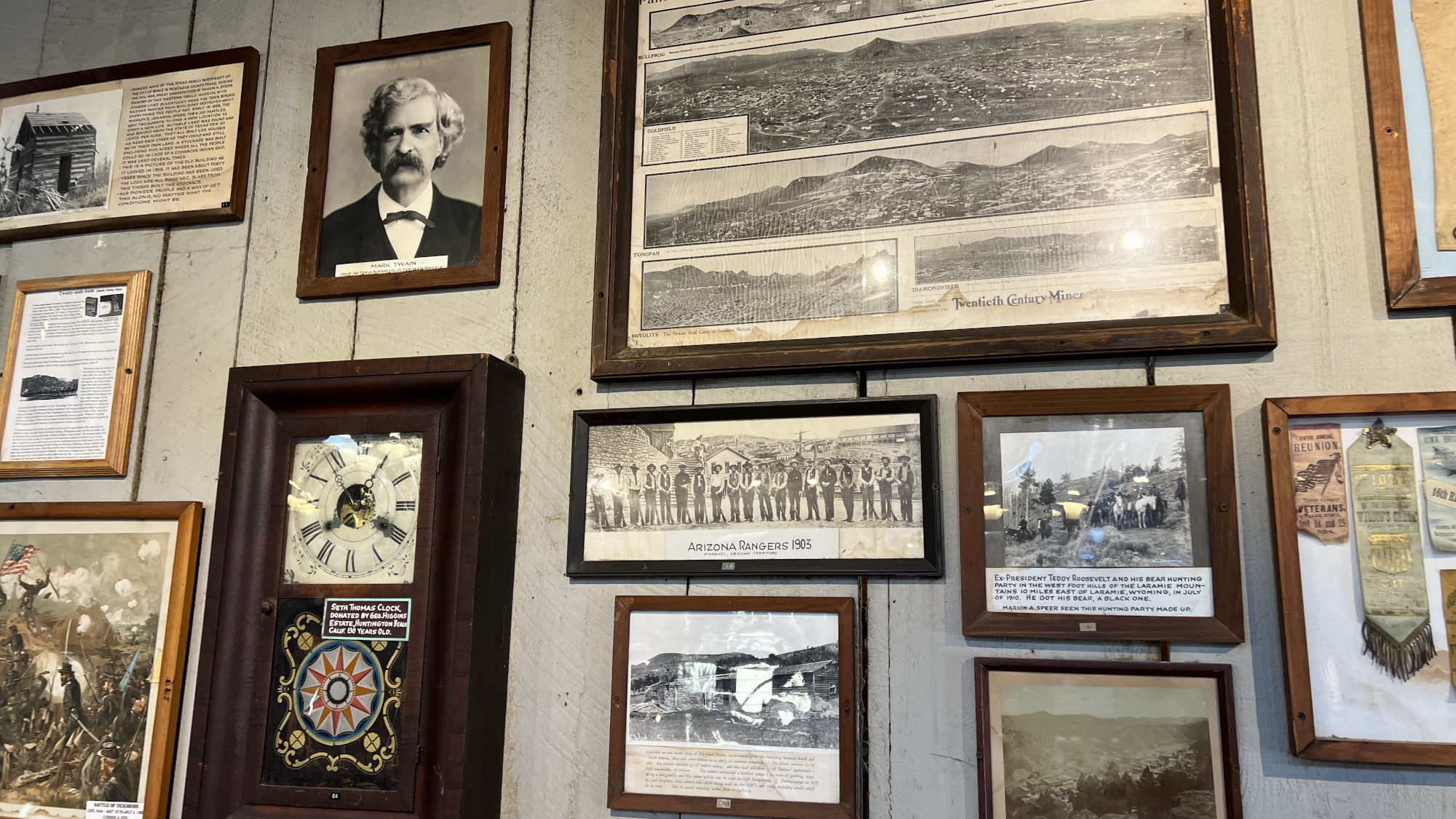
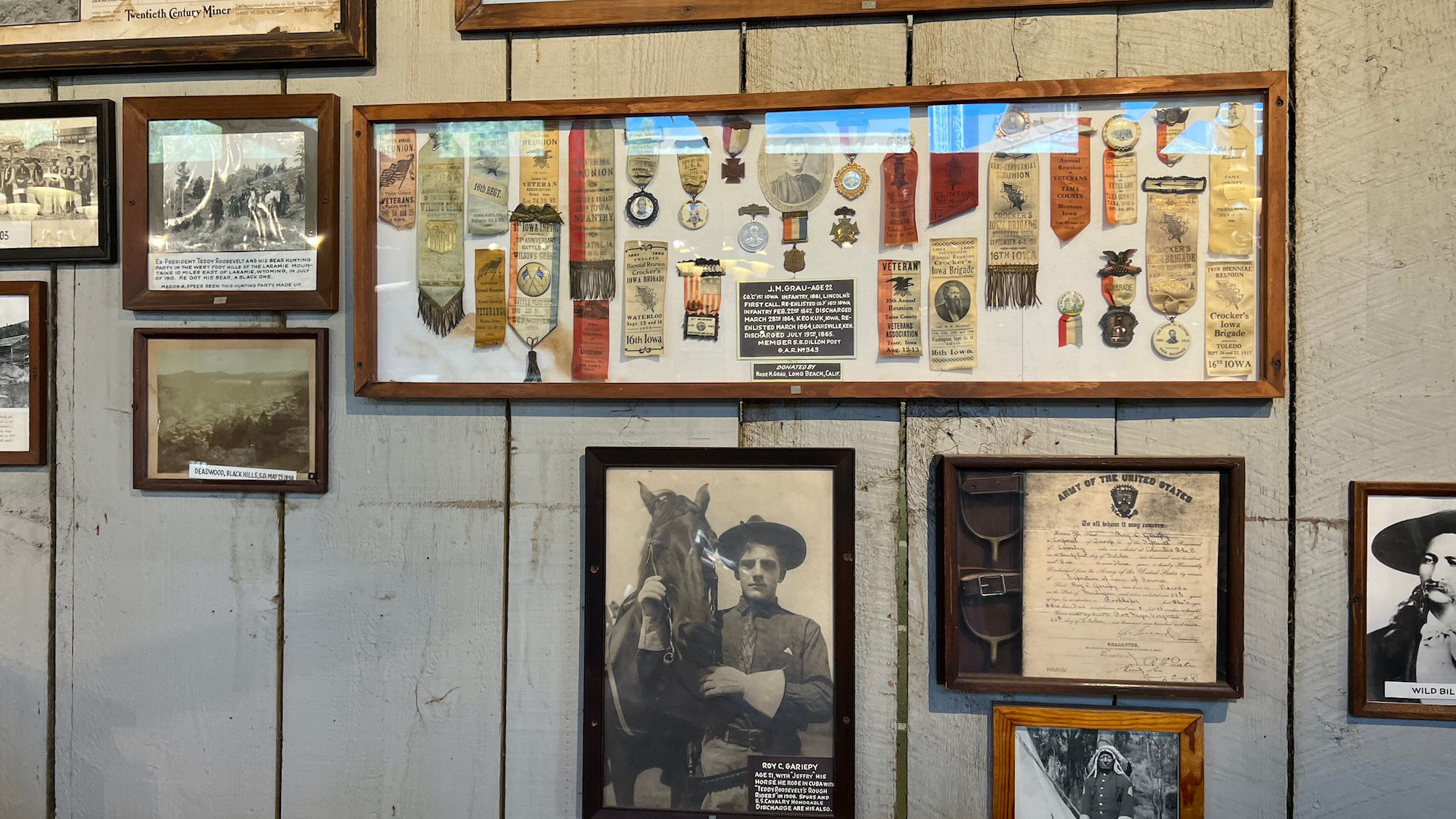
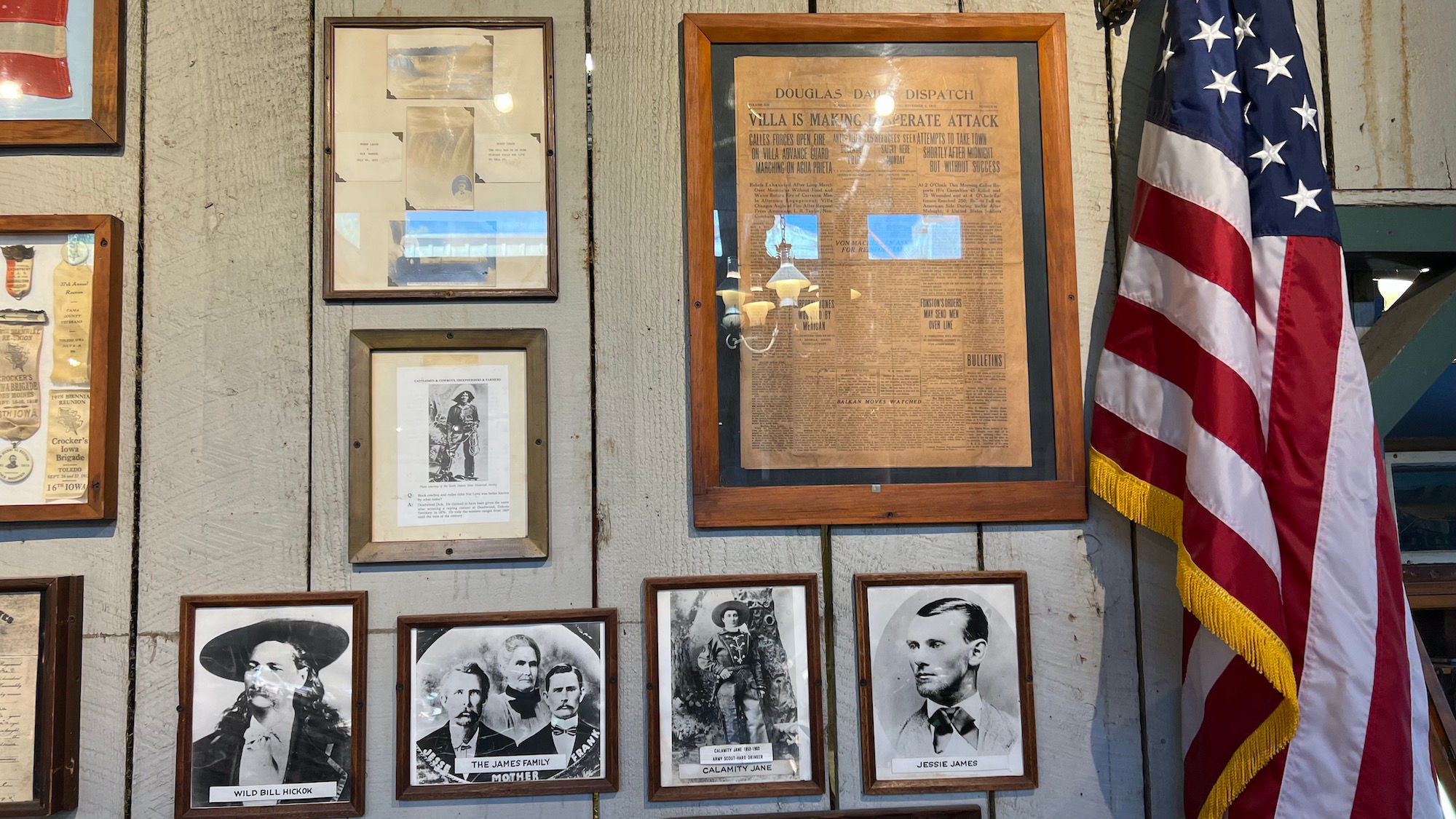
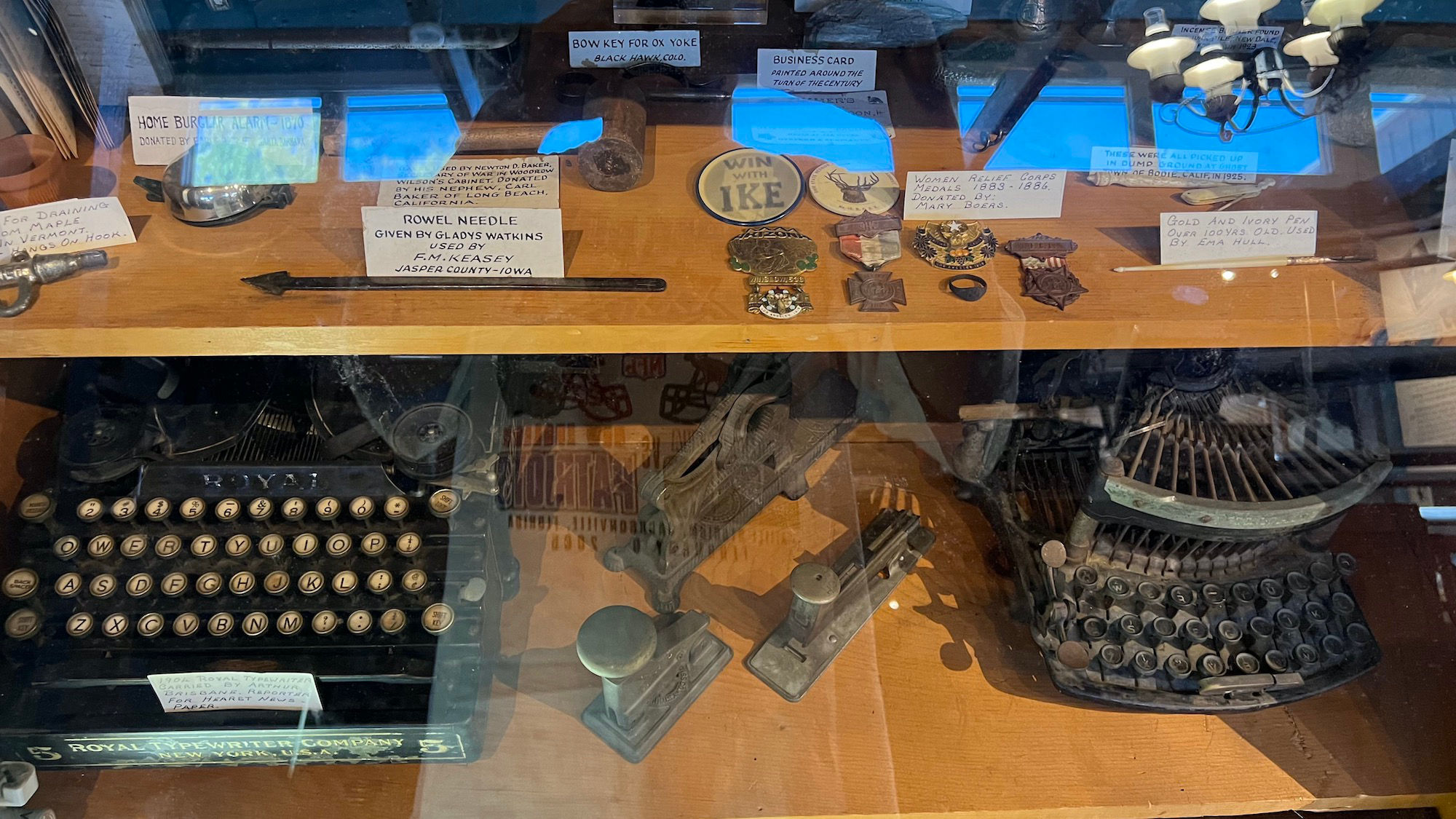
- Spout For draining syrup from maple trees in Vermont .. Hangs on hook
- Home Burglar Alarm 1870 Donated by .. Santa Barbara
- Gavel Used by Newton D Baker Secretary of War in Woodrow Wilson's Cabinet. Donated by his nephew Carl Baker of Long Beach, California
- Rowel Needle Given by Gladys Watkins used by FM Keasey Jasper County - Iowa
- Bow Key for Ox Yoke Black Hawk, Colorado
- Business Card Printed around the turn of the century
- Women Relief Corps Medals 1883 - 1886 Donated by Mary Boers
- Incense Burner Found in junk pile New Dale, California 1923
- These were all picked up in dump ground at Ghost Town of Bodie, California in 1925
- Gold and Ivory Pen Used by Ema Hull
Couple antique typewriters on the bottom shelf
[https://www.eatlife.net/knotts-berry-farm/typewriters.php]

- Blanks These blanks were picked up by Marion A Speer in Silverton, Colorado after the movie "Around the world in 80 days" was made there
- Mission Guide Post
- Gift From 5th grade class Huntington Beach, California
- 6 Lighters All found in old mining camps of Colorado
- Gift To Marion A Speer from 9th grade class Ocean View School, California
- -
- German Lighter and match box from a Canadian Soldier in London, England 1918
- By Marion A Speer in November 1918 on his first auto trip from Douglas Wyoming to Galveston Texas and return.
- Milk Can Lighter Donated by MG Murray
- Two Tone Glass From Chicago World's Fair 1893
- Matchboxes These matchboxes were found in an old mining camp in Colorado
- Surveyors Transit Hand Made surveyors transit made by W & LE Gurley Engineering Instruments of Troy New York. This firm stared in 1840 and this transit was made in 1883. Used in land surveys throughout the west. Donated by JW Batty, Retired of Rossmoor Leisure World.
- Agate Culebra Cut Mounted Agate Culebra Cut, Panama Canal, In 1906. Donated by Harvey Hardman of Long Beach, California

- Dictionary This Dictionary known as the American Diamond Dictionary was printed on August 7th 1878. It is a very compact book. It shows the art of book making up to that time. It is self pronouncing dictionary of the English Language. It was to be used in the best of literary and polite society of the day and time. It was found by Johnie Troop of Arlington, California and by him Donated to Western Trails Museum. Found in an old miner's shack on Mojave Desert.
- Octant An octant first used in 1732. The sextant is now used for the same purpose
- Heat Indicator Used in Kilns where pottery is baked
- Surveying Instrument Given to Max Watson of San Jose in 1927. He had a tug boat business and was related to Peter Lindell, who in 1812, laid out Saint Louis Missouri with this surveying instrument. According to old records Peter Lindell worked for George Washington when he learned to use this.
- Sextant Two sextants donated by Max M Tritch of Long Beach California. These were used about 1770. Their use was for finding exact location of ships on the high seas.
- Grain Testing Outfit Used for testing hardness of grains such as wheat, corn, rice. Donated by Walter Knott.
- Steelyard Made in Germany Found in an old shack by Yvonne Greathouse of Banning, California and donated by ..
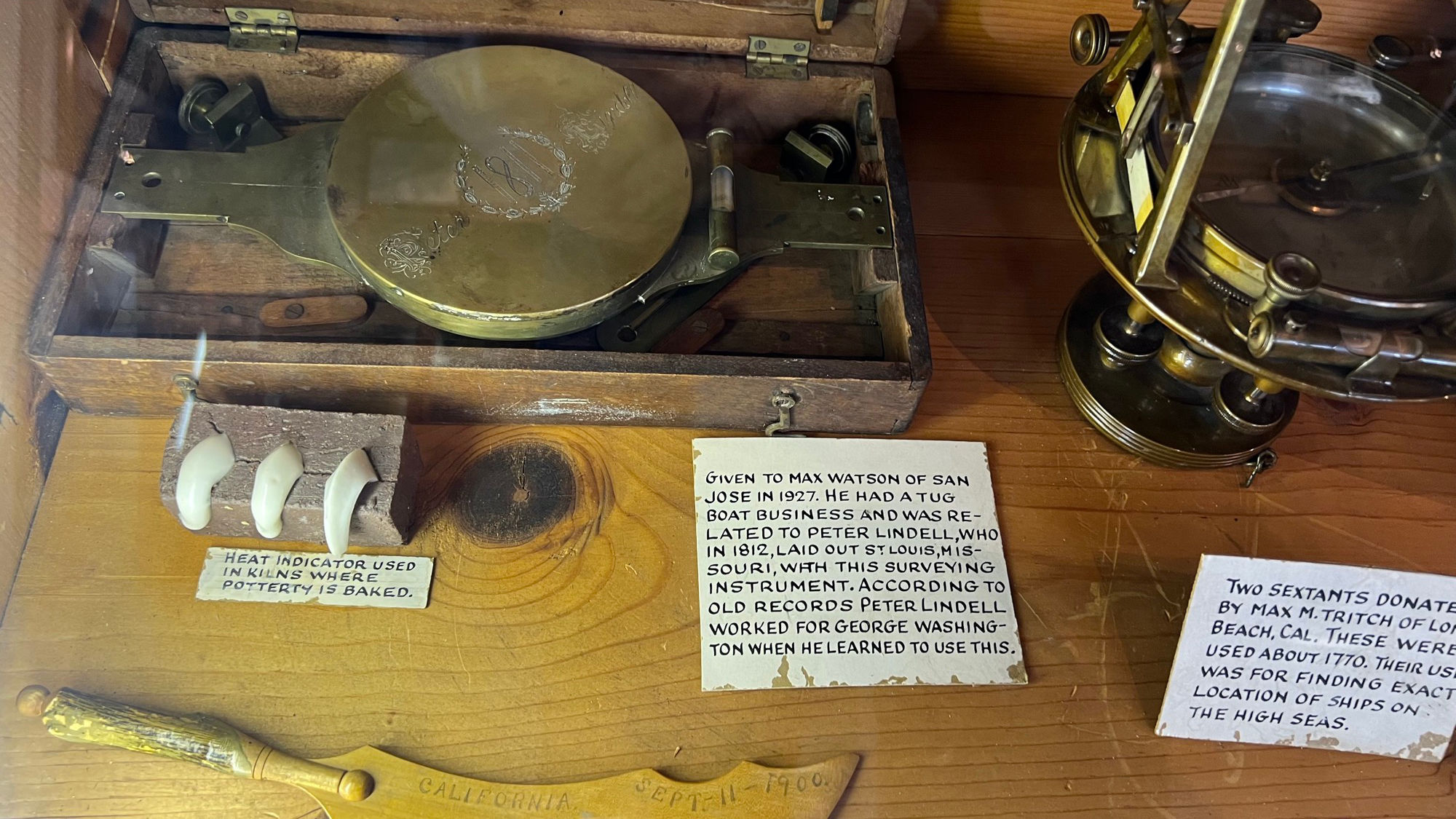
Given to Max Watson of San Jose in 1927. He had a tug boat business and was related to Peter Lindell, who in 1812, laid out St. Louis, Missouri with this surveying instrument. According to old records Peter Lindell worked for George Washington when he learned to use this.
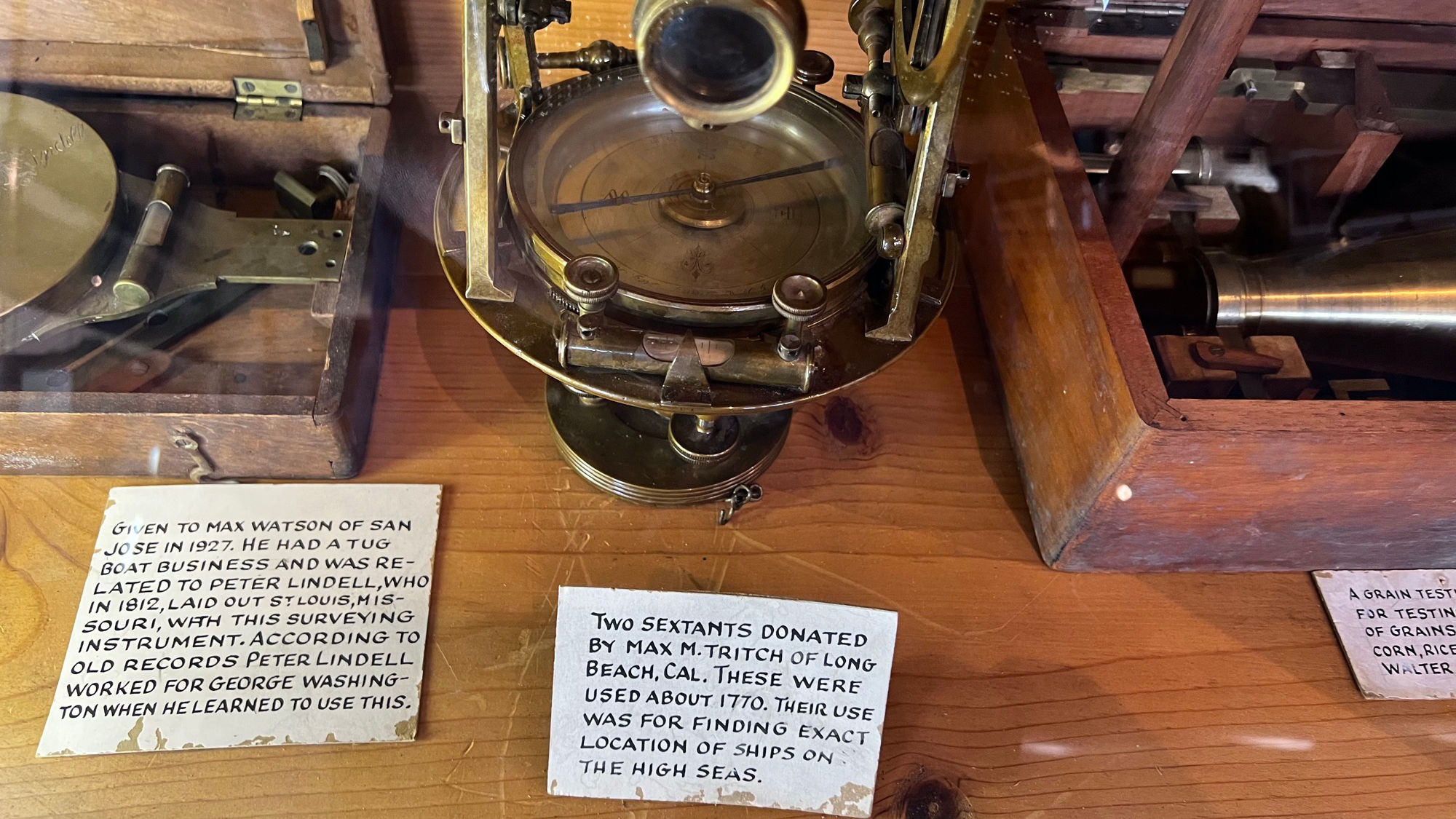
Two sextants donated by Max M Tritch of Long Beach California. These were used about 1770. Their use was for finding exact location of ships on the high seas.
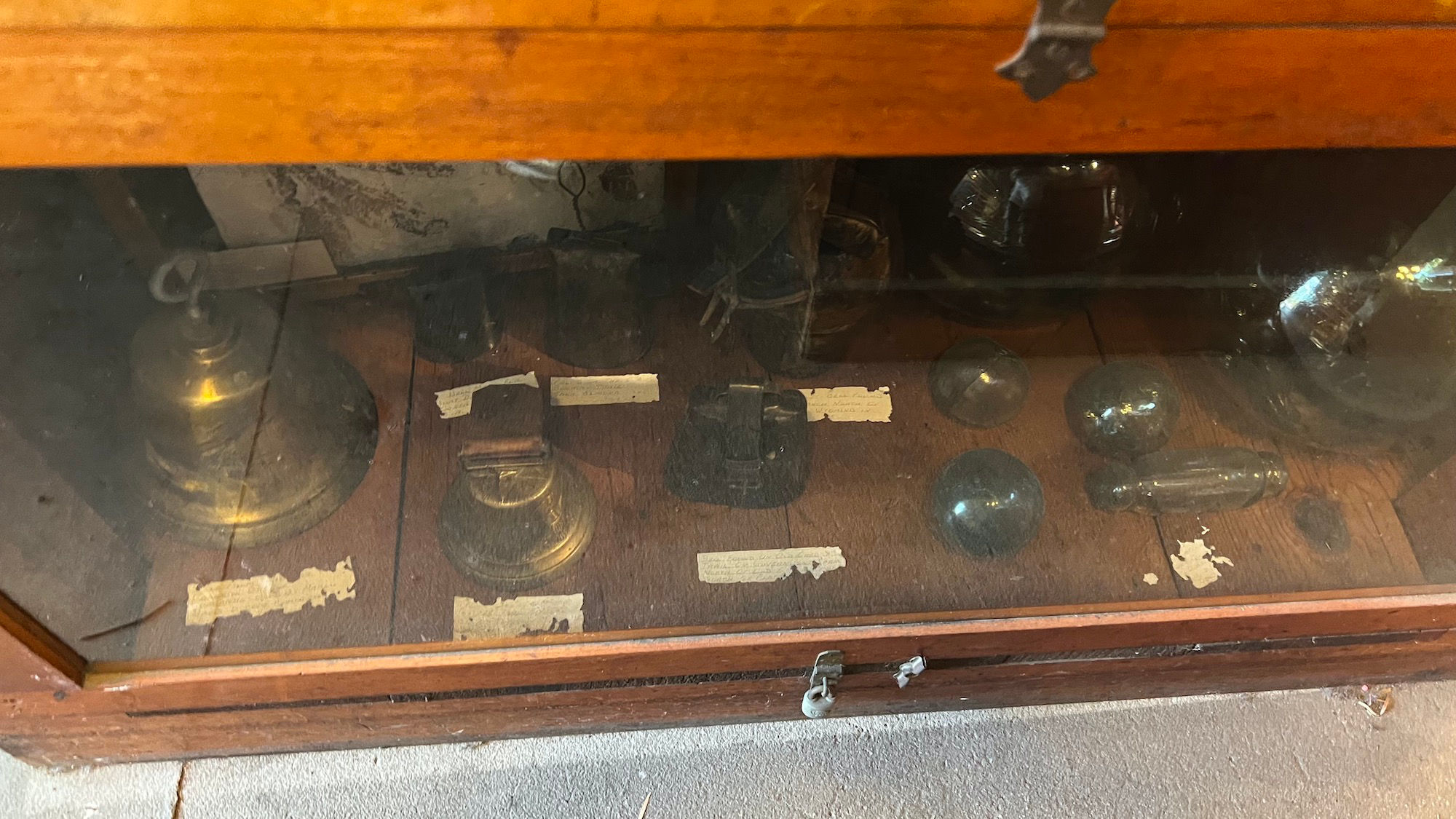

An emblem or symbol suggesting the tools used by a butcher in his shop. This is over 100 years old and used in a shop at Corwin Springs, Montana. It shows a fat steer, a cleaver, a meat saw, a butcher's knife and rasp for sharpening the tools. Donated by Joe Sidebotham, Gardner, Montana.
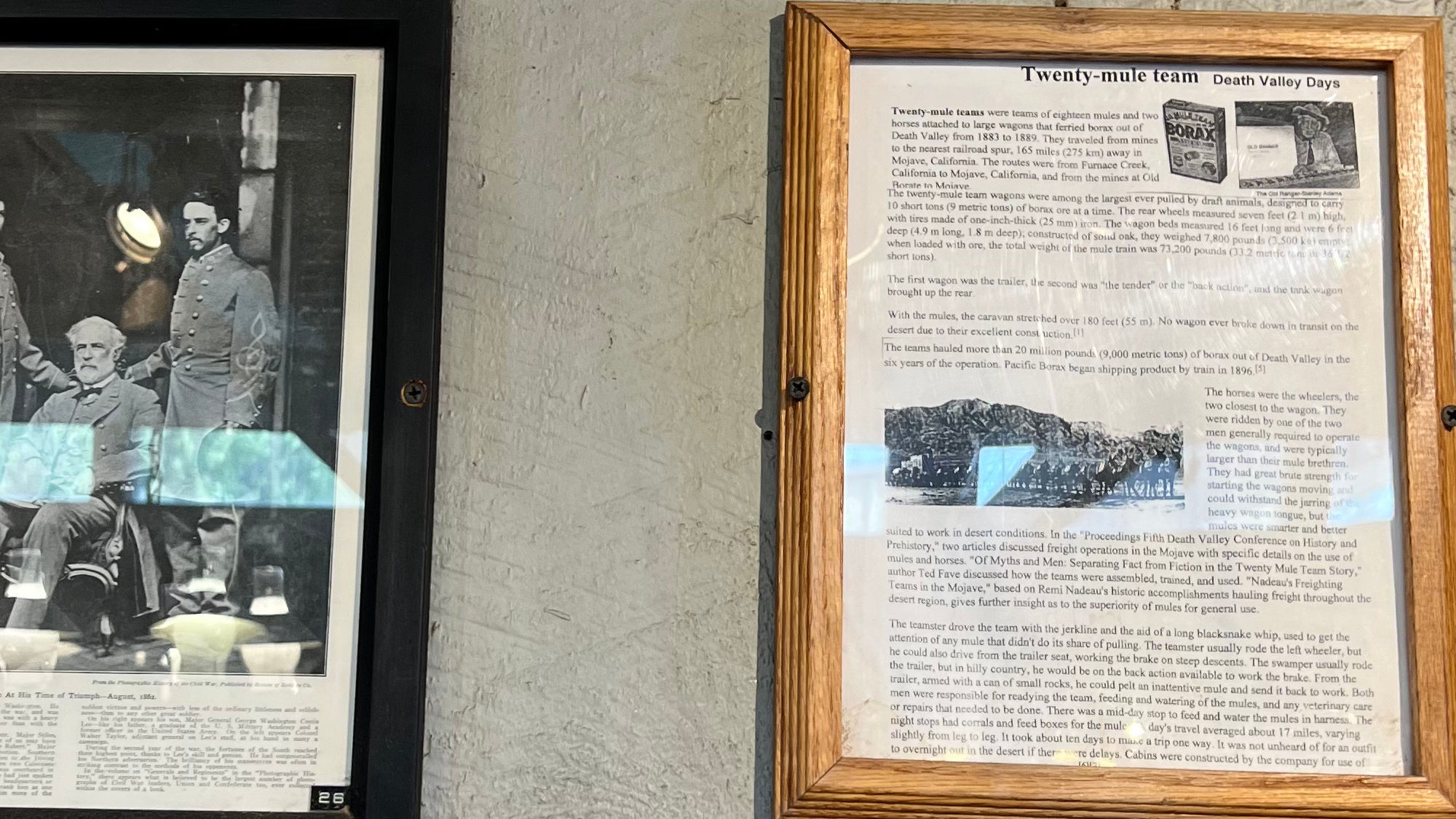
Twenty-mule teams were teams of eighteen mules and two horses attached to large wagons that ferried borax out of Death Valley from 1883 to 1889. They traveled from mines to the nearest railroad spur, 165 miles (27S km) away in Mojave, California. The routes were from Furnace Creek California to Mojave, California, and from the mines at Old Borate to Mojave.
The twenty-mule team wagons were among the largest ever pulled by draft animals, designed to carry 10 short tons (9 metric tons) of borax ore at a time. The rear wheels measured seven feet (2 1 m) high with tires made of one-inch-thick (25 mm) iron. The wagon beds measured 16 feet long and were 6 feet deep (4.9 m long. 1.8 m deep), constructed of solid oak, they weighed 7,800 pounds (3,500 kg) empty, when loaded with ore, the total weight of the mule train wits 73,200 pounds (33.2 metric tones or 36 1/2 short tons).
The first wagon was the trailer. The second was "the tender" or the "back action", and the tank wagon brought up the rear.
With the mules, the caravan stretched over 180 feet (55 m). No wagon ever broke down in transit on the desert due to their excellent construction. The teams hauled more than 20 million pounds (9,000 metric tons) of borax out of Death Valley in the six years of the operation. Pacific Borax began shipping product by train in 1896.
The horses were the wheelers, the two closest to the wagon. They were ridden by one of the two men generally required to operate the wagons and were typically larger than their mule brethren. They had great brute strength for starting the wagons moving and could withstand the jarring of the heavy wagon tongue, but the mules were smarter and better suited to work in desert conditions. In the "Proceedings First Death Valley Conference on History and Prehistory," two articles discussed freight operations in the Mojave with specific details on the use of mules and horses. "Of Myths and Men: Separating Fact from Fiction in the Twenty Mule Team Story," author Ted Fave discussed how the teams were assembled, trained, and used. "Nadeau's Freighting Teams in the Mojave," based on Remi Nadeau's historic accomplishments hauling freight throughout the desert region, gives further insight as to the superiority of mules for general use.
The teamster drove the team with the jerkline and the aid of a long blacksnake whip, used to get the attention of any mule that didn't do its share of pulling. The teamster usually rode the left wheeler, but he could also drive from the trailer seat, working the brake on steep descents. The swamper usually rode the trailer, but in hilly country, he would be on the back action available to work the brake. From the trailer, armed with a can of small rocks, he could pelt an inattentive mule and send it back to work. Both men were responsible for readying the team, feeding and watering of the mules, and any veterinary care or repairs that needed to be done. There was a mid-day stop to feed and water the mules in harness. The night stops had corrals and feed boxes for the mules. A day's travel averaged about 17 miles, varying slightly from leg to leg. It took about ten days to mane a trip one way. It was not unheard of for an outfit to overnight out in the desert if there were delays. Cabins were constructed by the company for use of...

He claimed to have been given the name after winning a roping contest at Deadwood, Dakota Territory in 1876. He rode the western ranges from 1869 until the turn of the century.
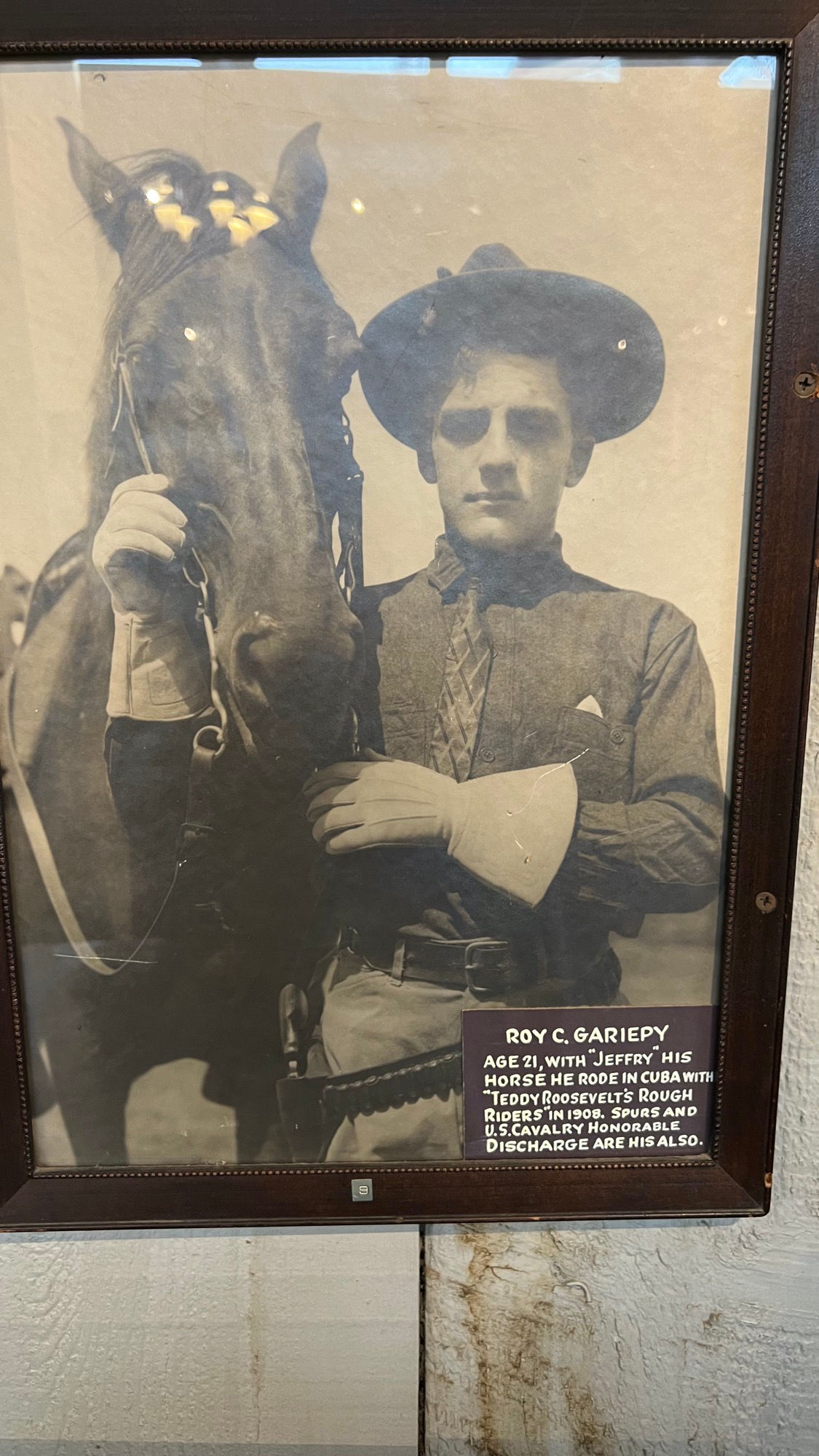
Age 21, with "Jeffry" his horse he rode in Cuba with "Teddy Roosevelt's Rough Riders" in 1908. Spurs and US Calvary honorable discharge are his also.

Situated on the North Fork of the Grand River, approximately on the boundary between North and South Dakota, this old schoolhouse is a study in pioneer progress. The first section is of sod; the center section if of native stone; and the last addition is of "modern" materials - left unpainted, of course. The school contained a kitchen range (in case of getting trapped by a blizzard), and the storm cellar can be seen in left foreground. Photographed in 1917 by Carl Jurgens, this school was still being used in the 1920's and quite possibly could still be in use. This s ranch country, miles from everything.
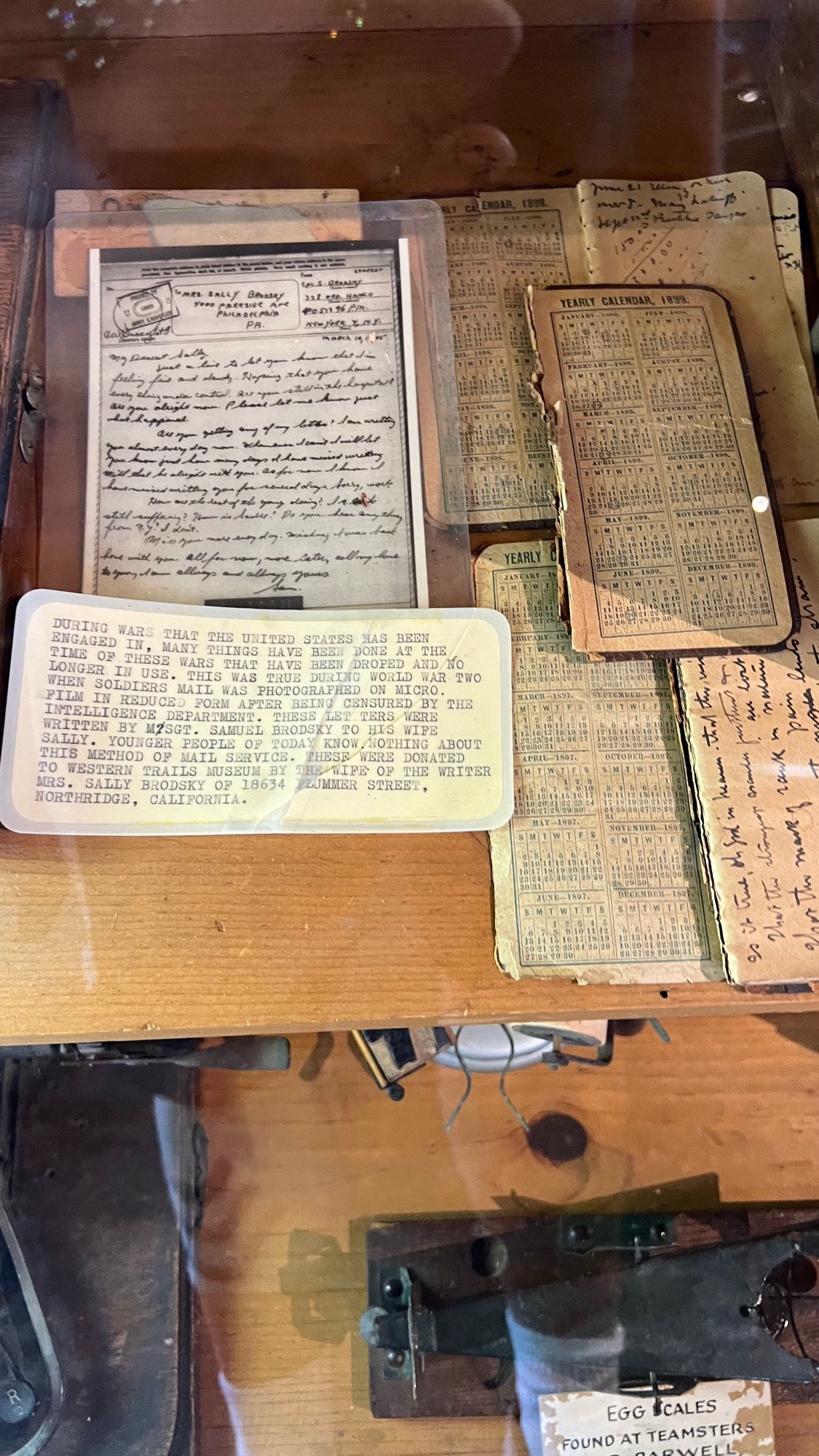
During wars that the United States has been engaged in, many things have been done at the time of these wars that have been dropped and no longer in use. This was true during World War Two when soldiers mail was photographed on micro film in reduced from after being censured by the Intelligence Department. These letters were written by M Sgt. Samuel Brodsky to his wife Sally. Younger people of today know nothing about this method of mail service. These were donated to Western Trails Museum by the wife of the writer Mrs. Sally Brodsky of 18634 Plummer Street, Northridge, California.
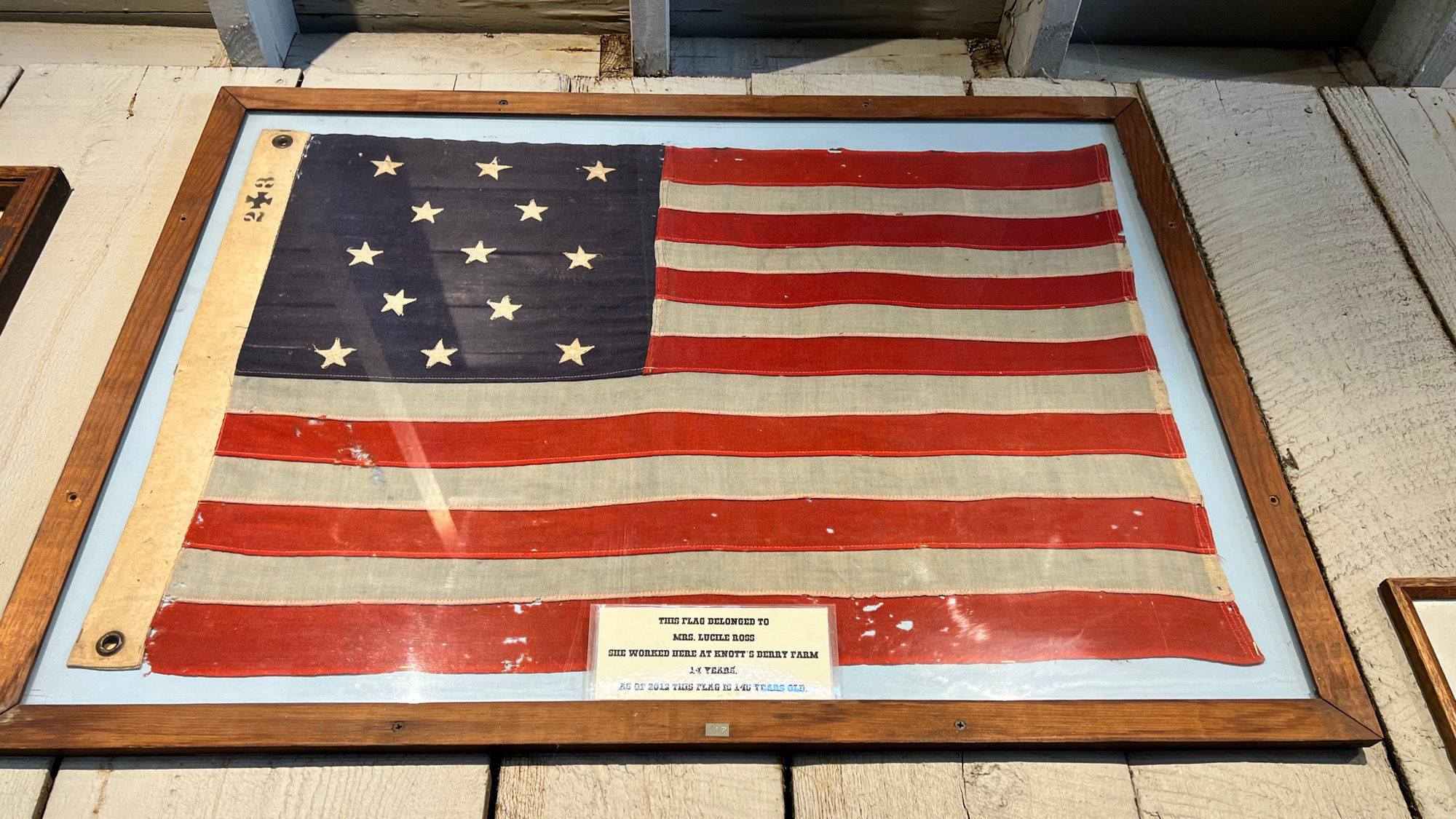
This flag belonged to Mrs. Lucile Ross
She worked here at Knott's Berry Farm 14 years. As of 2012 this flag is 145 years old.
There are more flags inside Independence Hall
[https://www.eatlife.net/knotts-berry-farm/flags.php]

- Pioneer home of the Speer family northeast of the city of Bowie in Montague County Texas. During the Civil War, great grandfather of Marion A. Speer founder of this Western Trails Museum, with others lived in Kentucky near the Tenn. border. Raiding parties from both sides destroyed about everything the people had. Early in 1868, the McGrady's, Johnson, Speer. Tob & Joe Samples, sent two agents to find a new location to start a new life. Suitable land was found an was bought from the State of Texas for 50 cents per acre. They all built log houses as near each other as they could and still be on their own land. A stockade was built enclosing five acres where all the people could go in case of a Comanche Indian raid. It was used several times.
- This is a picture of the old building as it looked in 1958. It has been about forty years since the building has been used. The logs are all boisd'arc. Slabs from this timber built the stockade.
- Our pioneer people had a way of getting along, no matter what the conditions might be.
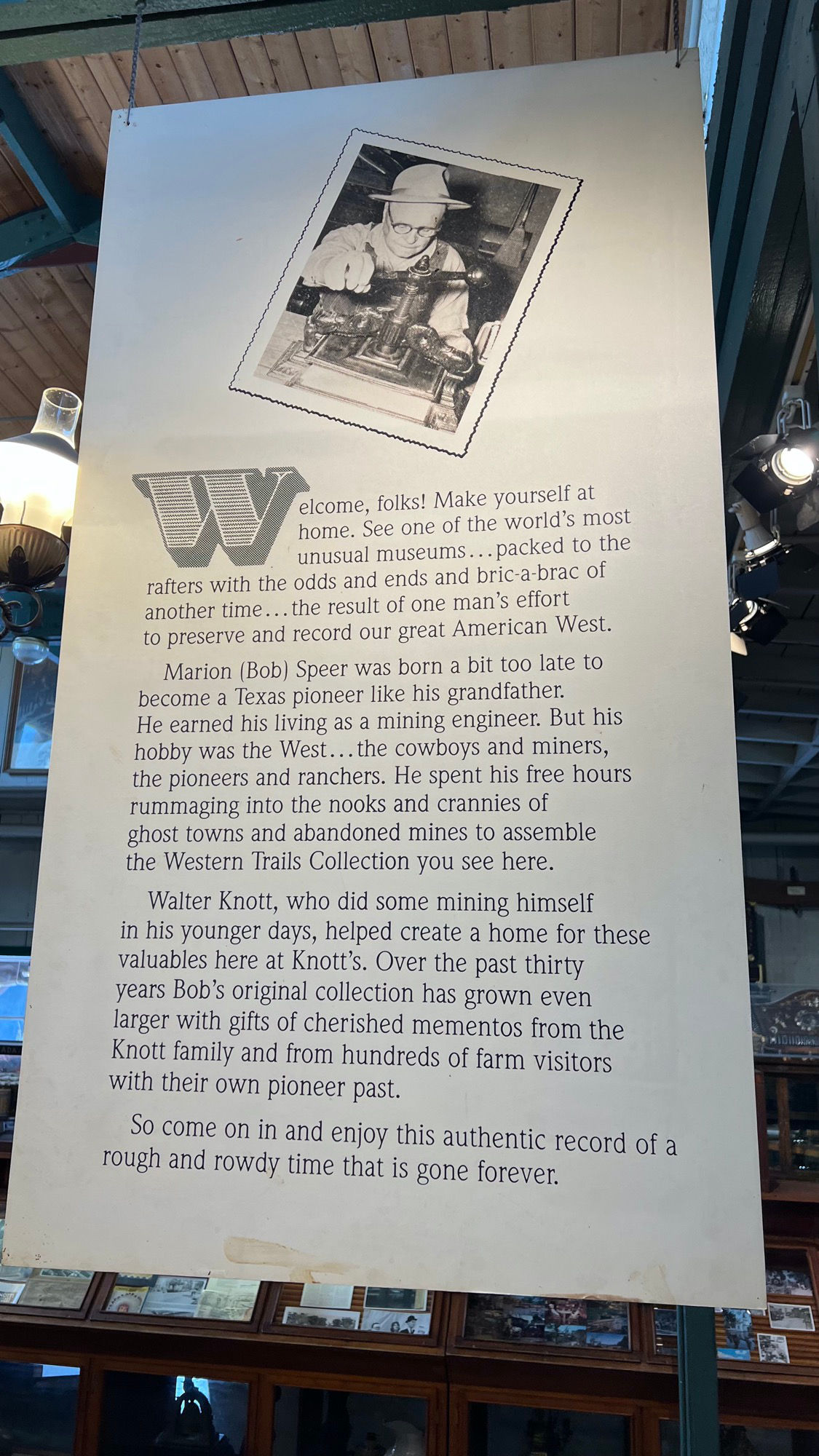
See one of the world's most unusual museums... packed to the rafters with the odds and ends and bric-a-brac of another time... the result of one man's effort to preserve and record our great American West.
Marion (Bob) Speer was born a bit too late to become a Texas pioneer like his grandfather. He earned his living as a mining engineer. But his hobby was the West.. the cowboys and miners, the pioneers and ranchers. He spent his free hours rummaging into the nooks and crannies of ghost towns and abandoned mines to assemble the Western Trails Collection you see here.
Walter Knott, who did some mining himself in his younger days, helped create a home for these valuables here at Knott's. Over the past thirty years Bob's original collection has grown even larger with gifts of cherished mementos from the Knott family and from hundreds of farm visitors with their own pioneer past.
So come on in and enjoy this authentic record of a rough and rowdy time that is gone forever.
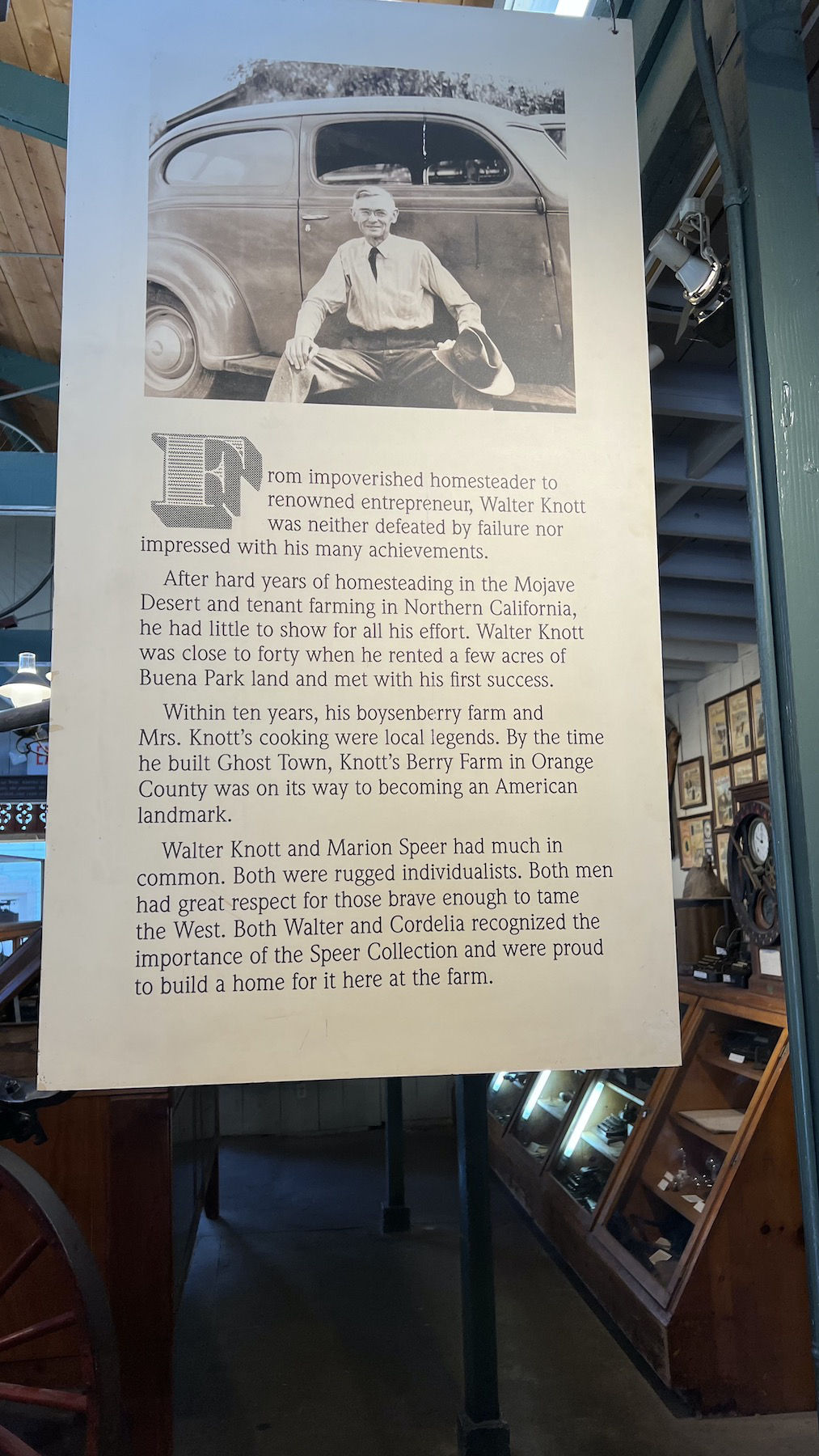
From impoverished homesteader to renowned entrepreneur, Walter Knott was neither defeated by failure nor impressed with his many achievements.
After hard years of homesteading in the Mojave Desert and tenant farming in Northern California, he had little to show for all his effort. Walter Knott was close to forty when he rented a few acres of Buena Park land and met with his first success.
Within ten years, his boysenberry farm and Mrs. Knott's cooking were local legends. By the time he built Ghost Town, Knott's Berry Farm in Orange County was on its way to becoming an American landmark.
Walter Knott and Marion Speer had much in common. Both were rugged individualists. Both men had great respect for those brave enough to tame the West. Both Walter and Cordelia recognized the importance of the Speer Collection and were proud to build a home for it here at the farm.







